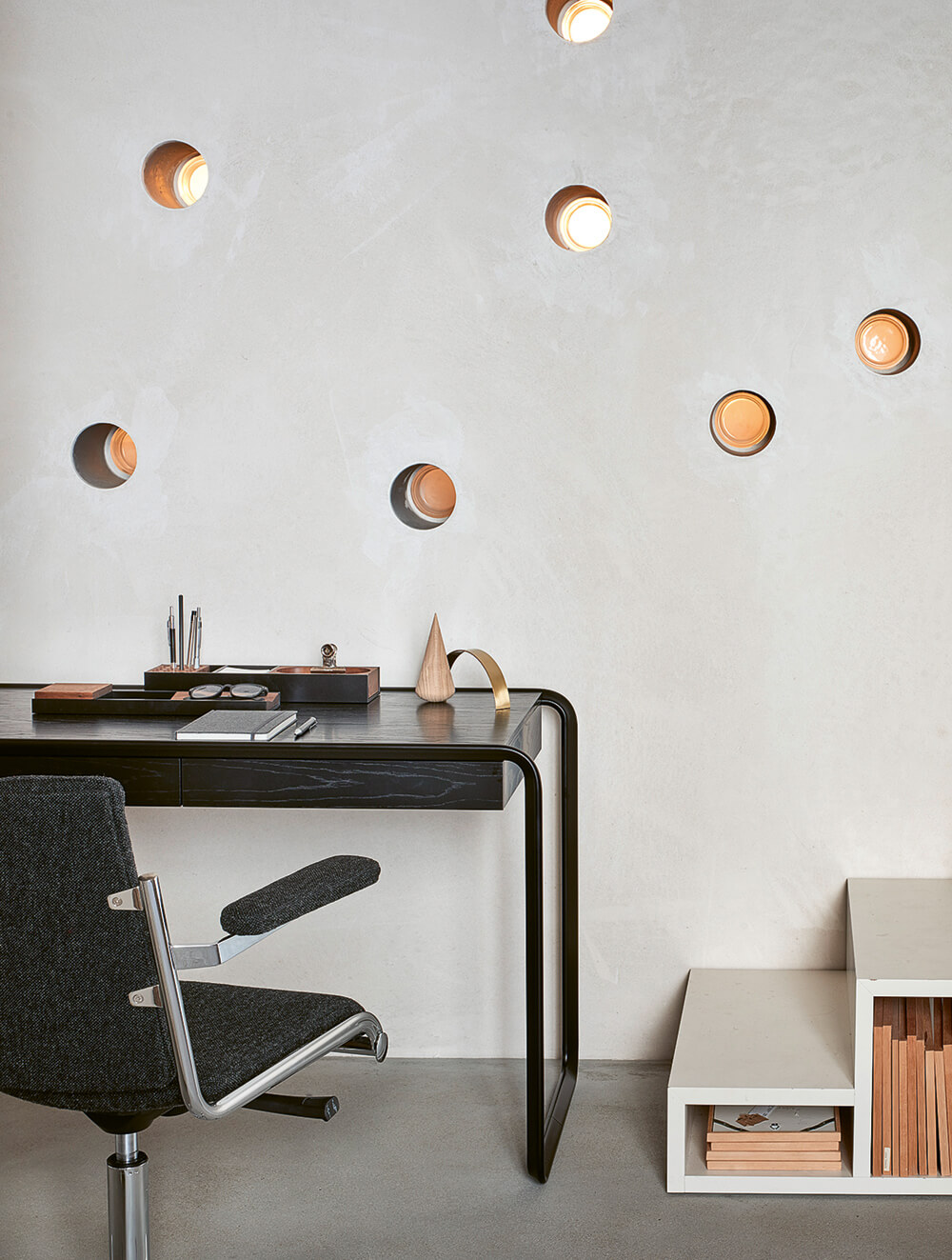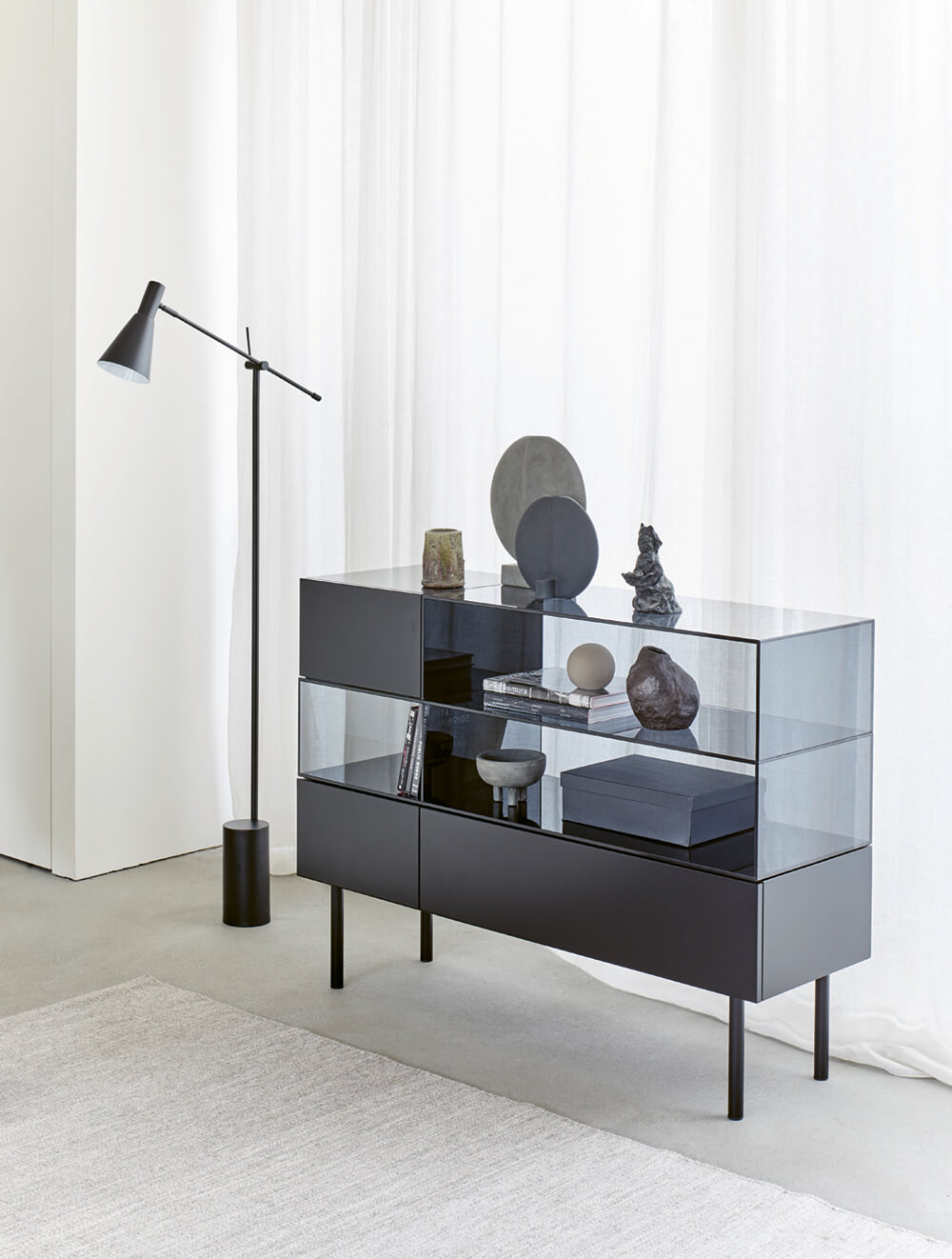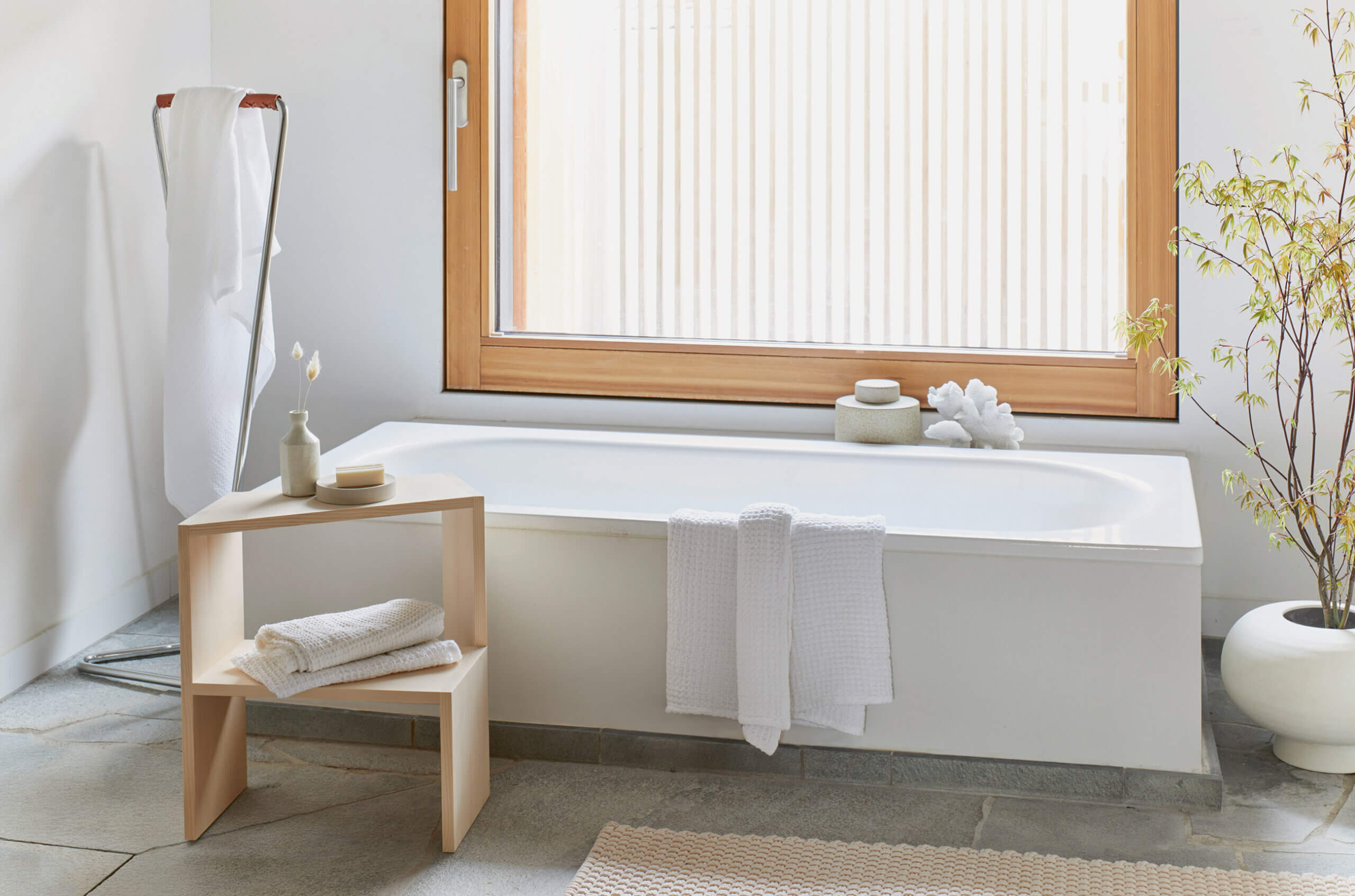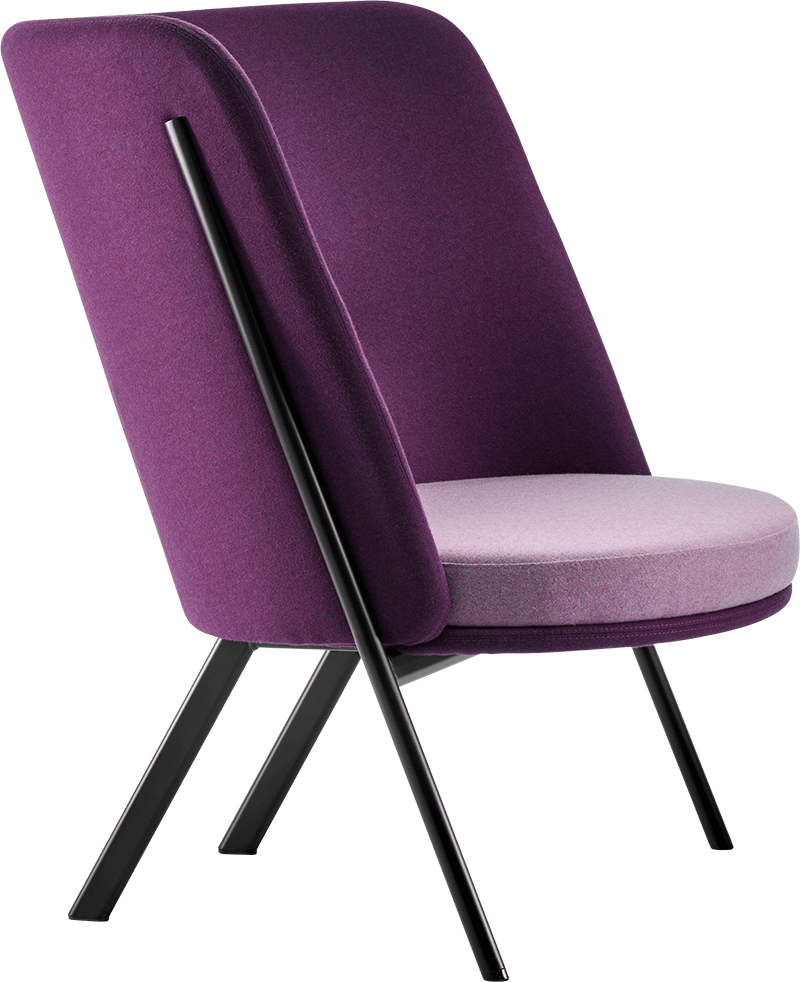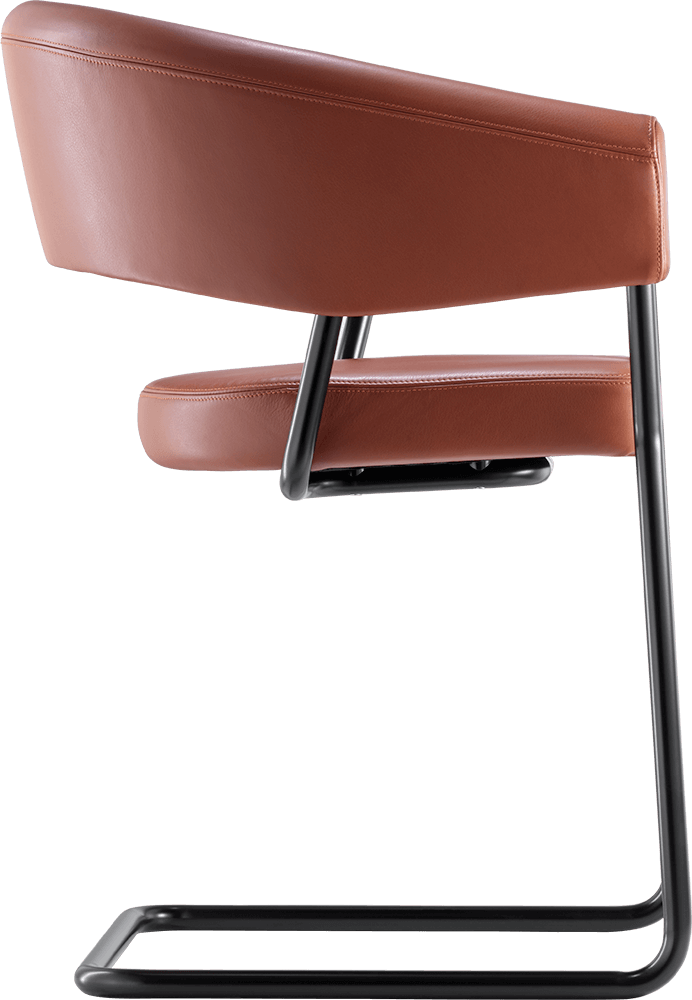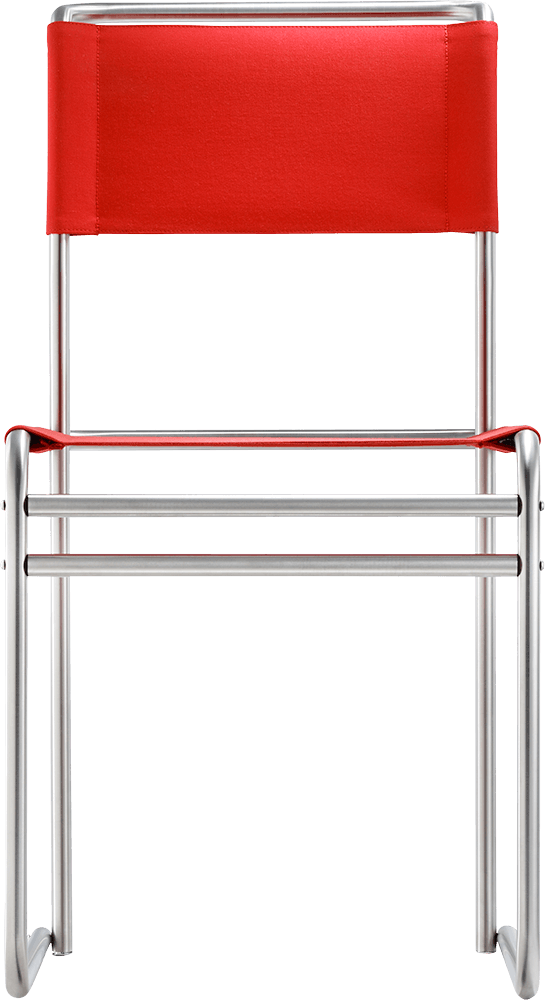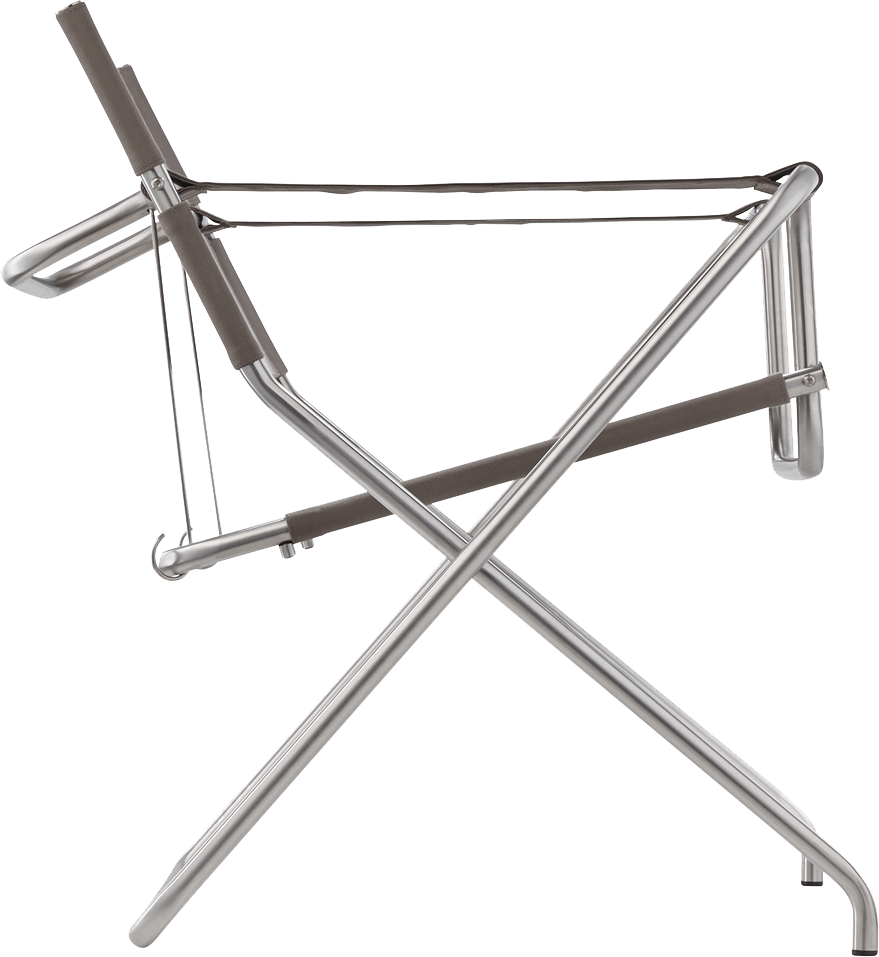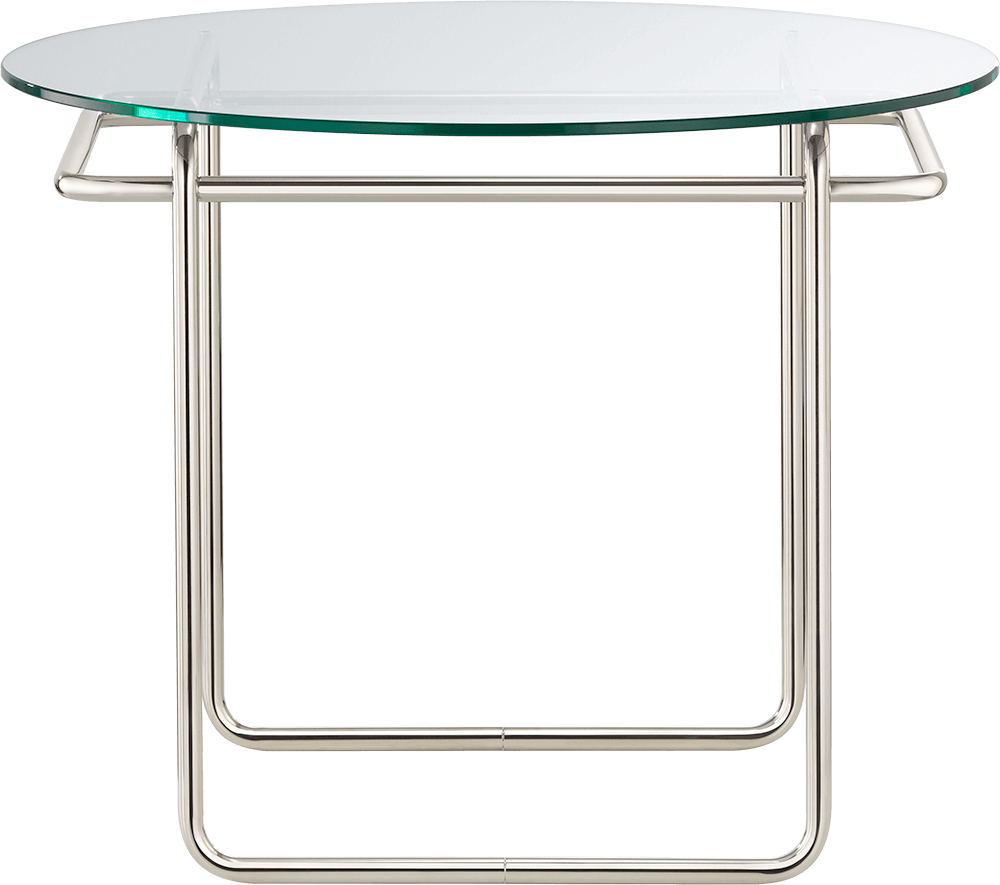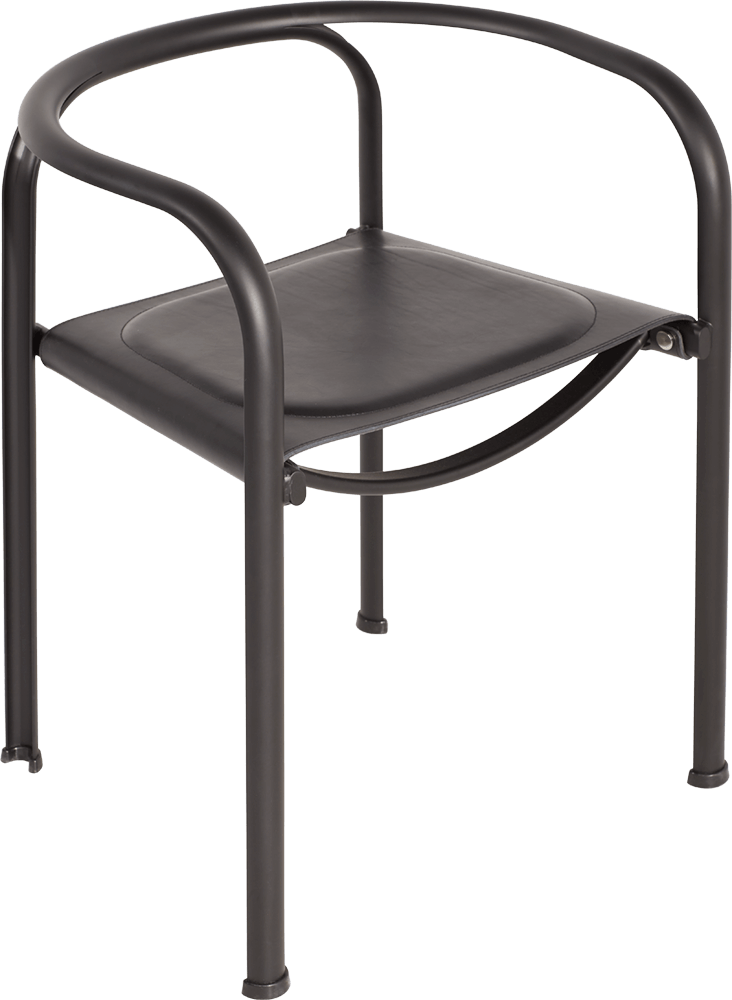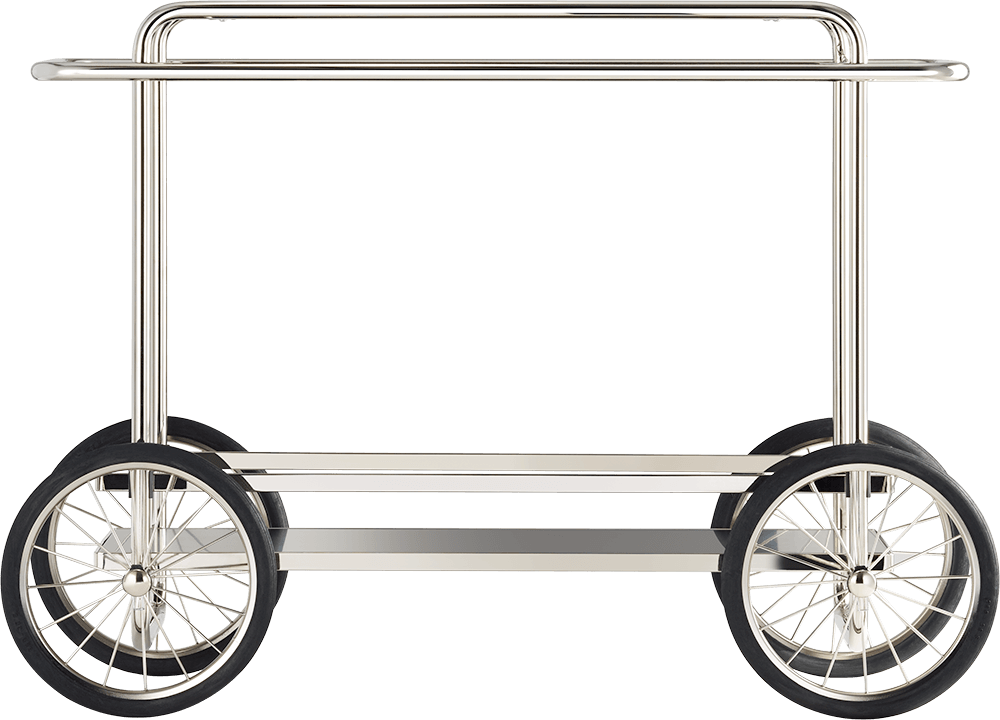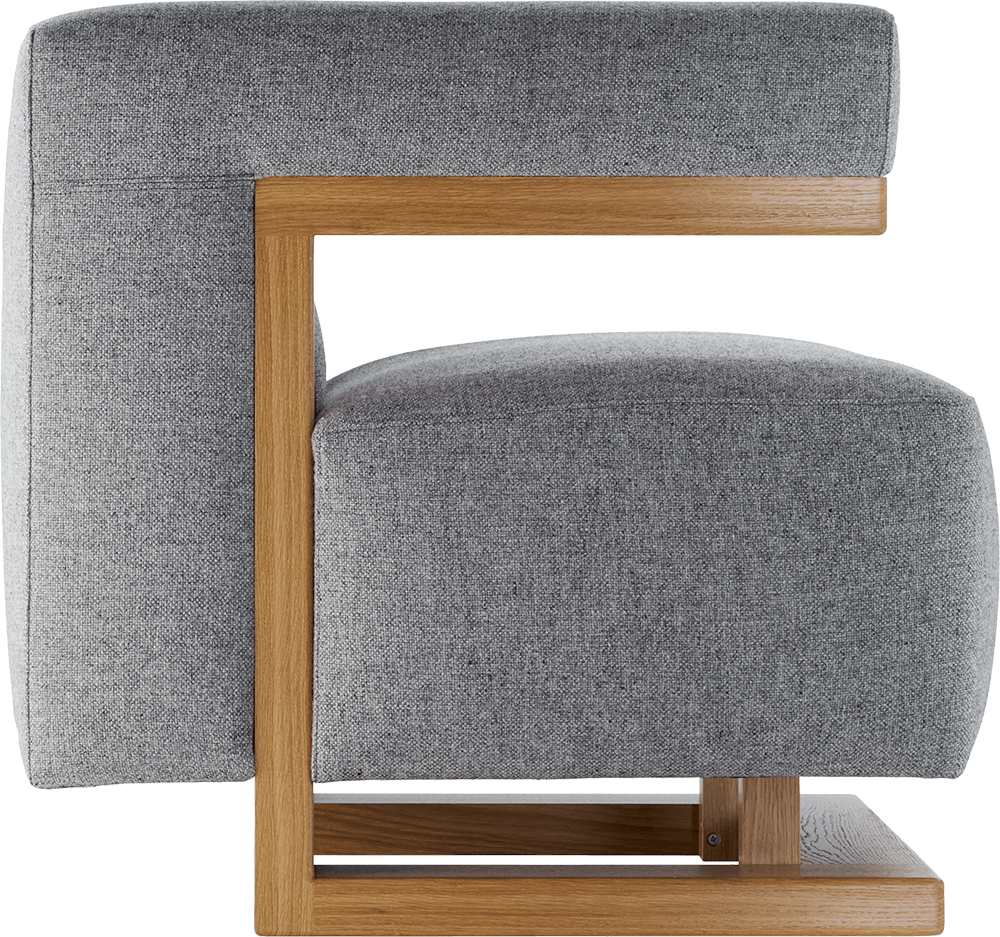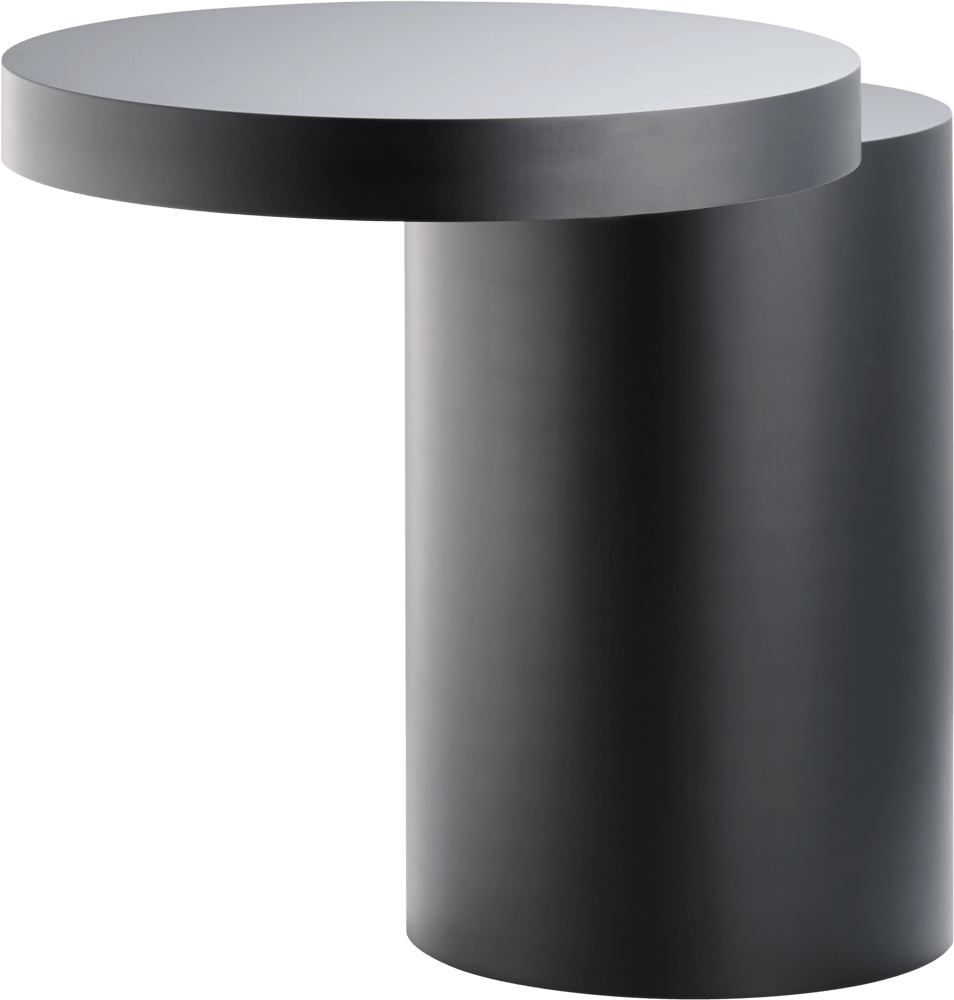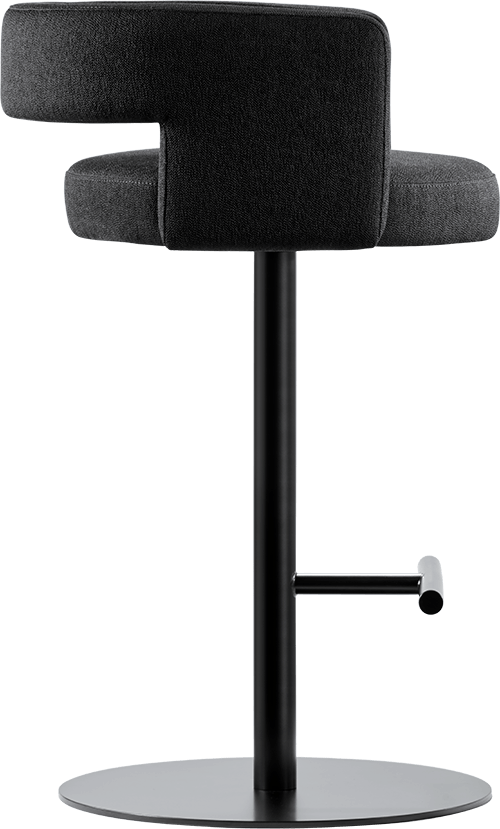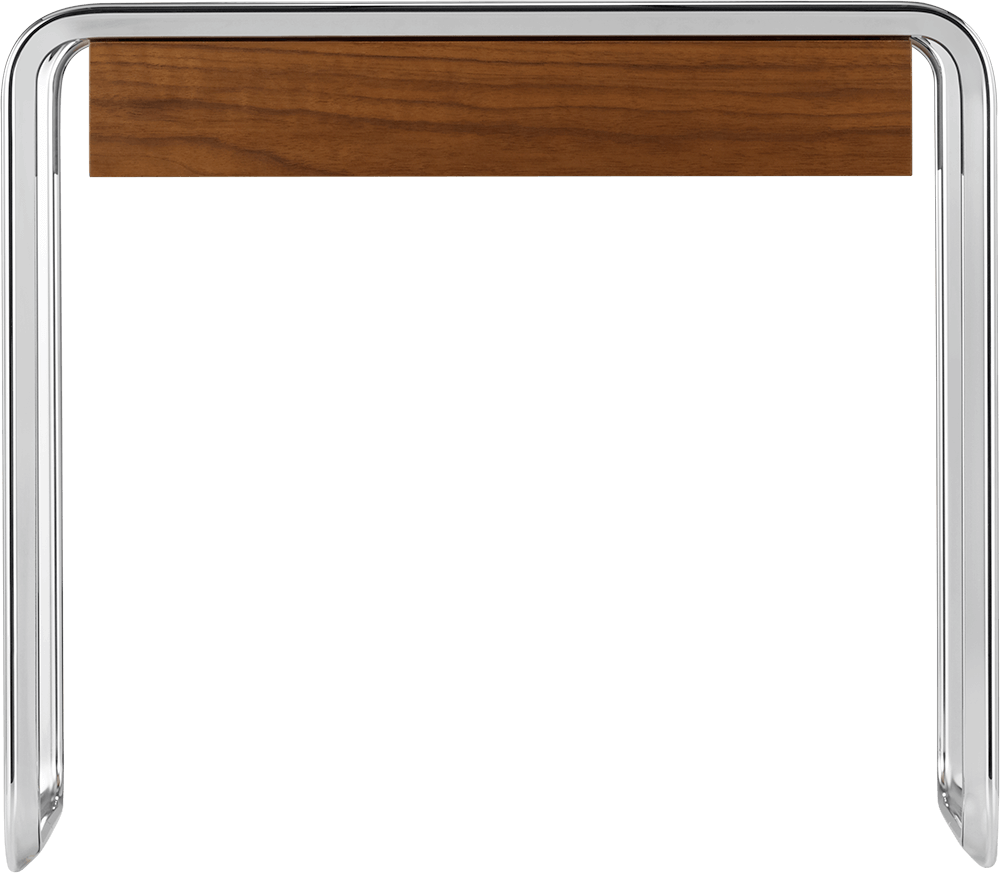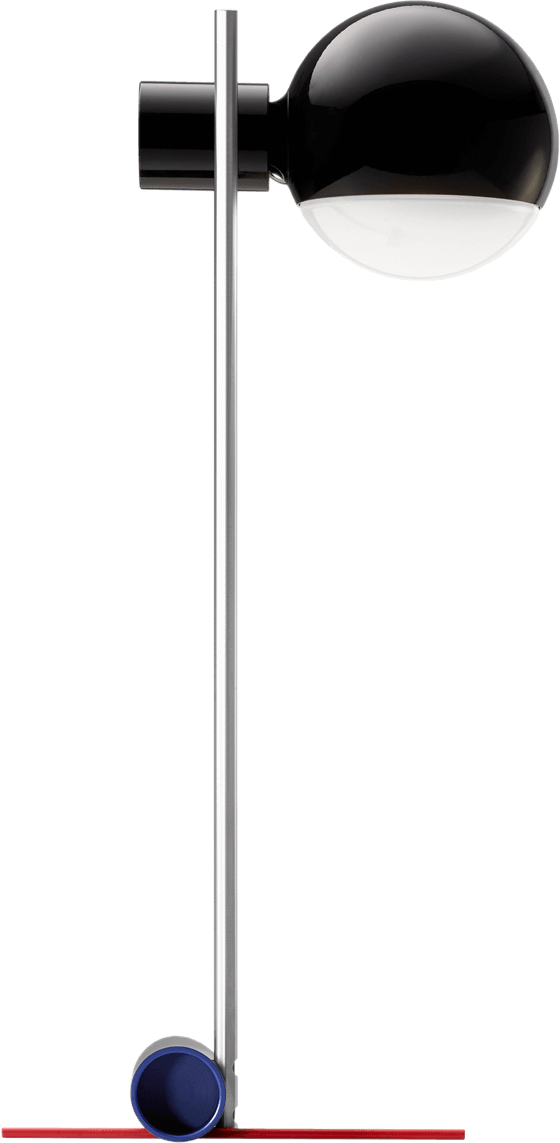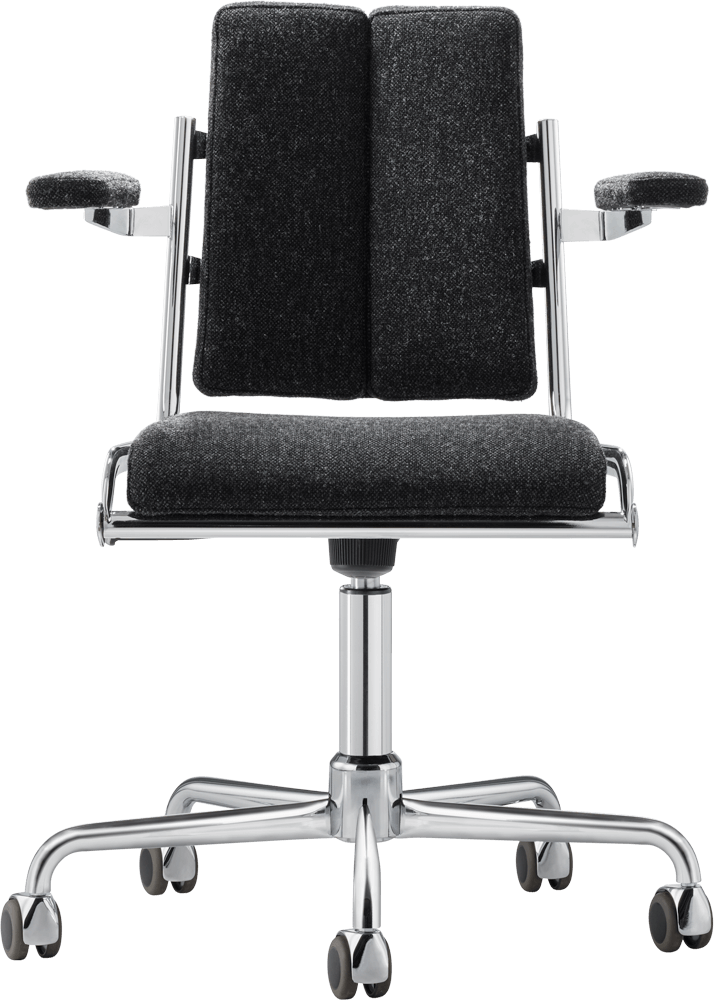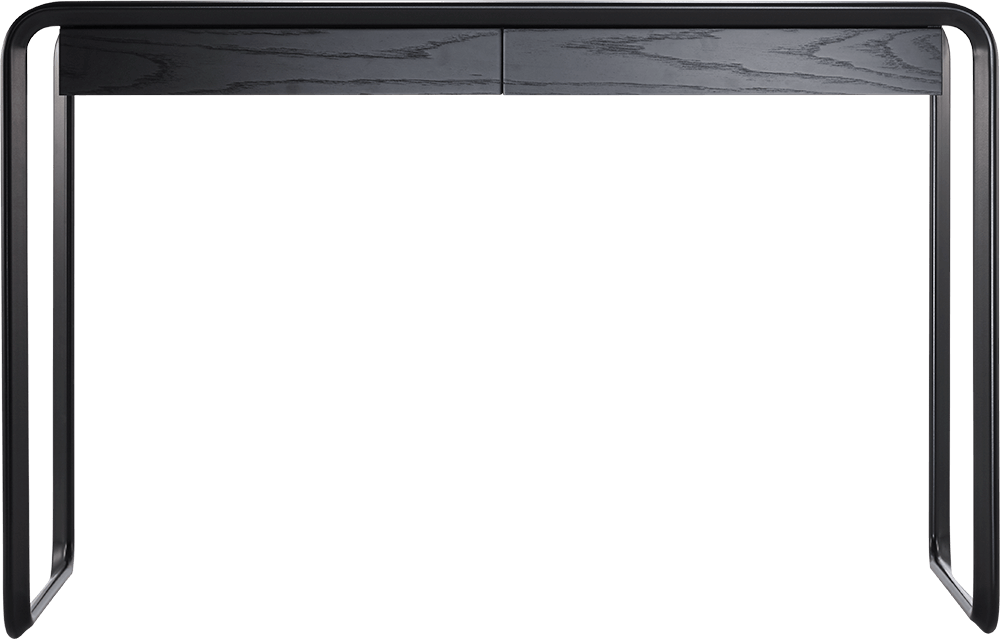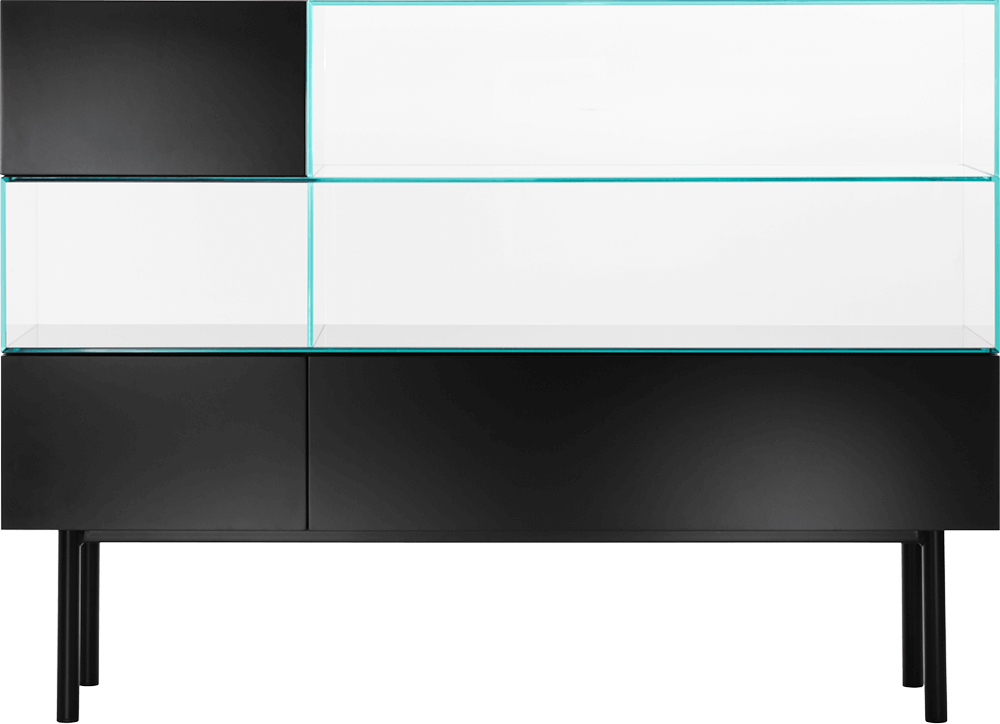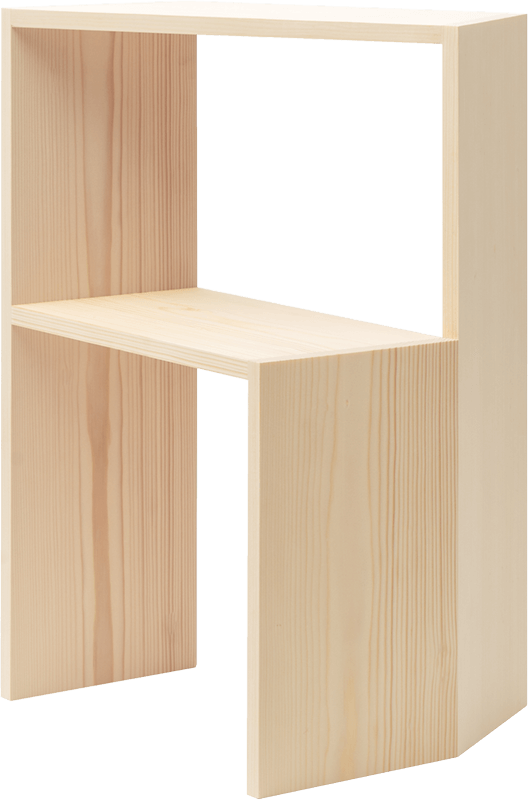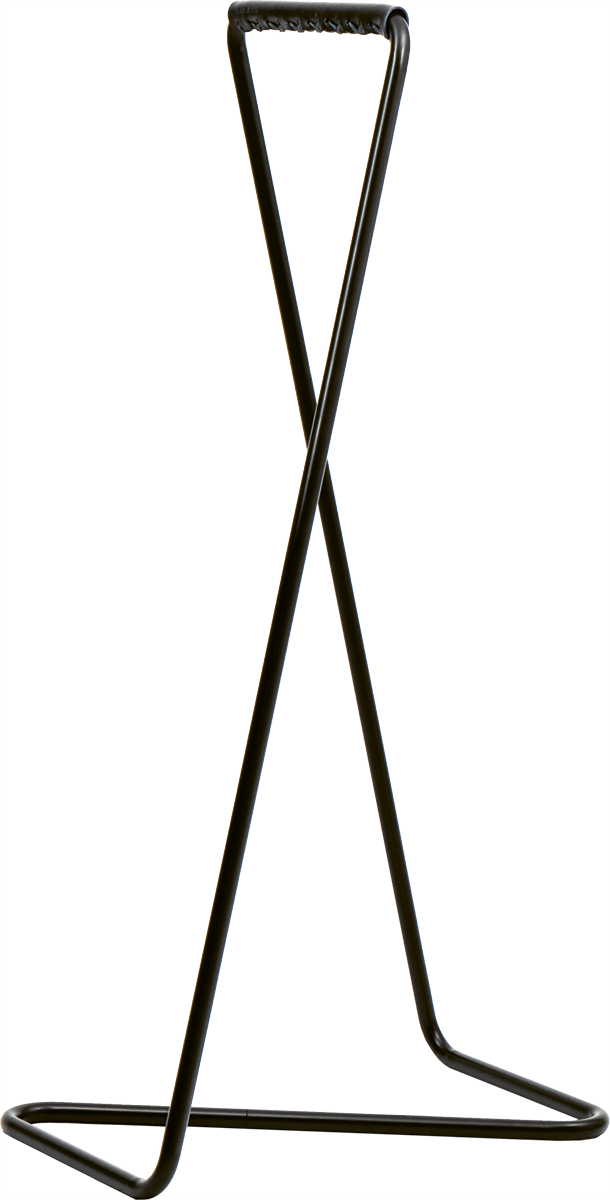On the Art of Omission
In Berlin, architect Philipp von Matt has created a home and studio for artist Leiko Ikemura. A dialogue between less and more; a restrained setting for their life together.
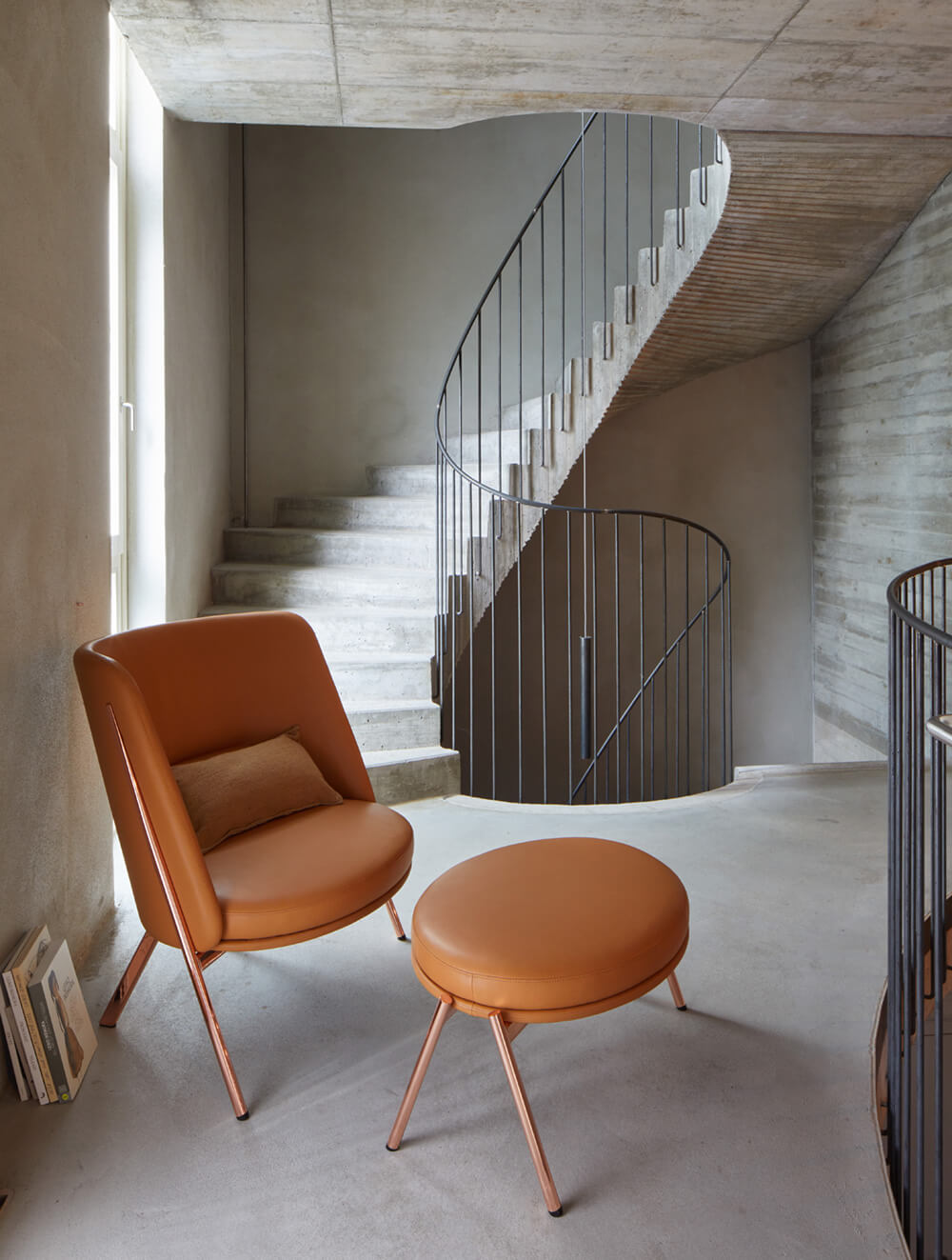
Leiko Ikemura und Philipp von Matt
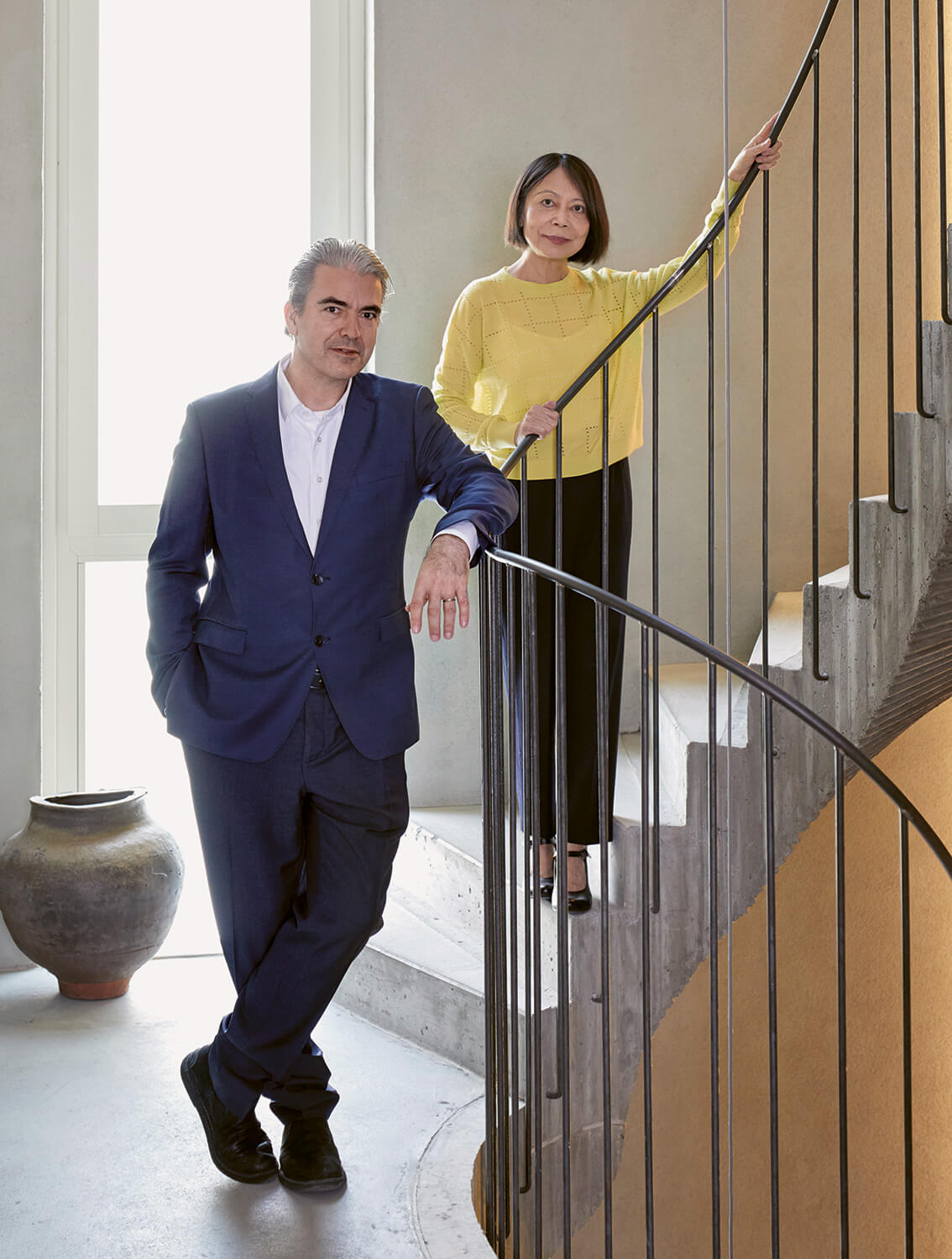
“The richness of our house lies in the reduction.”
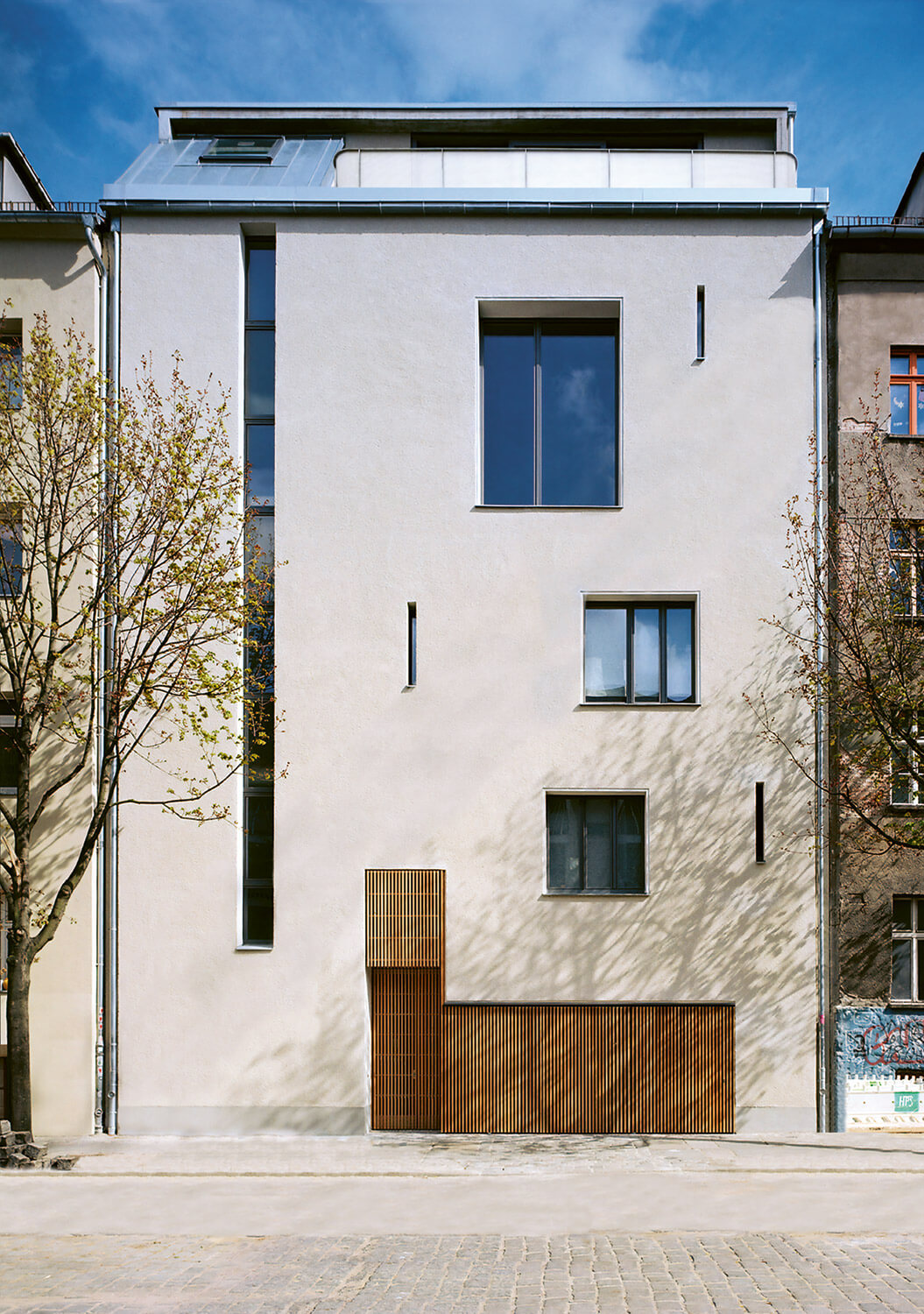
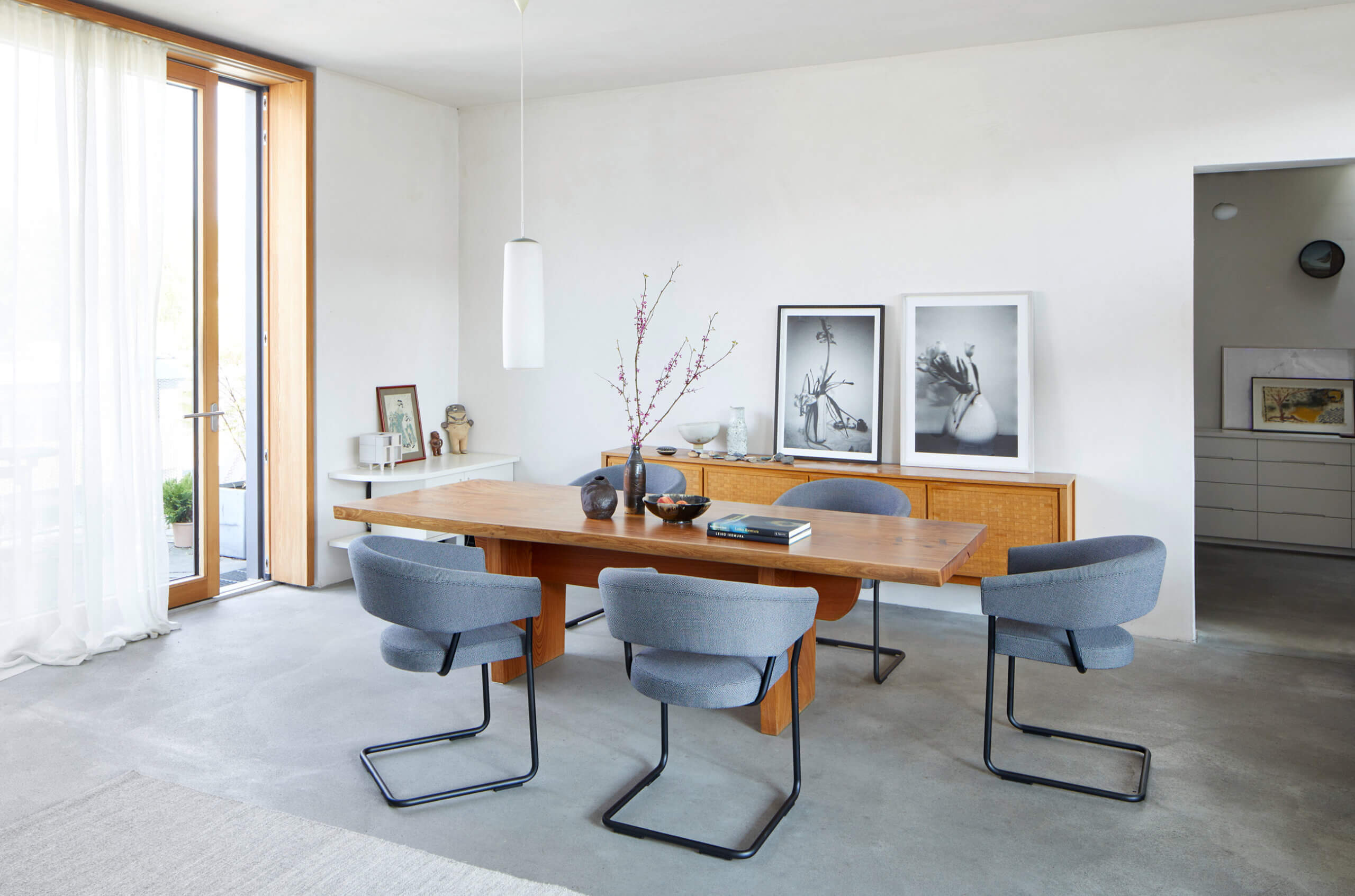
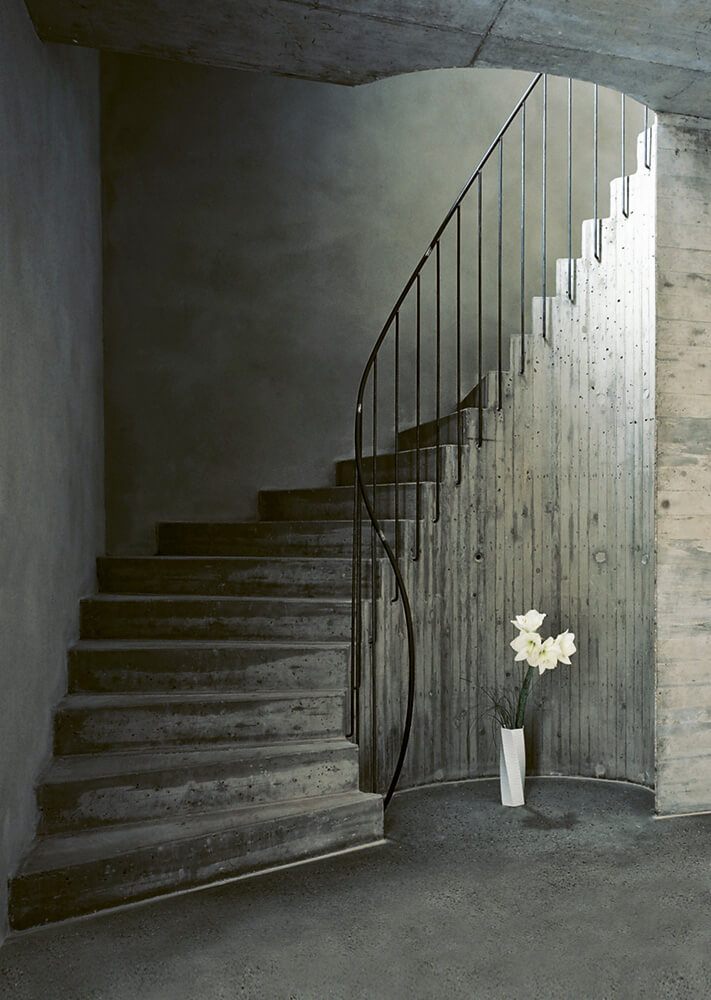
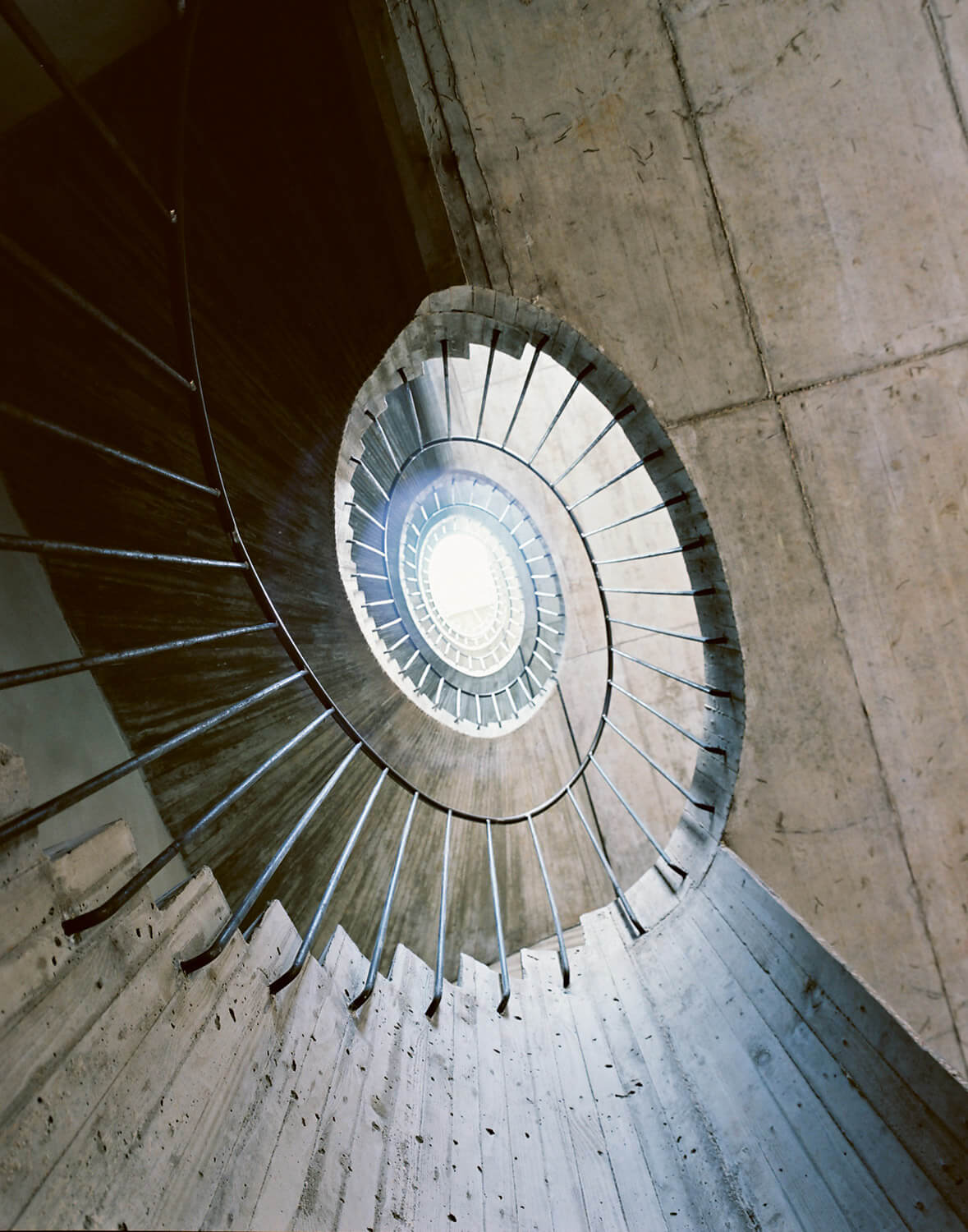
It’s a typical busy morning in Berlin. Delivery services ring their way through the streets, lights dance on the river Spree, while cranes swivel over the waves. In Kreuzberg, backyards are being planted, crops are being harvested and breakfast is being served. Vibrant summer, too much rather than too little, at least when it comes to noise. But there’s a side street where things are different. A row of houses of different heights, in front of them an avenue of lime trees, still too young and narrow to reach the first floor. A quarter under construction and conversion. And there we find a façade that is conspicuously inconspicuous. That’s not to say that it is featureless, thanks to its few bright, isolated windows. A chameleon hiding in the heart of the city.
This is the domicile of Leiko Ikemura and Philipp von Matt. An artist couple. Not of the noisy kind that dominates Berlin, but of the quiet cosmopolitan kind. Leiko Ikemura’s works are currently on display in Tokyo, Malaga, Neumünster and Liechtenstein. Philipp von Matt designs her exhibitions and as an architect – quite incidentally – houses, buildings for art.
+ read more
- einklappen
The first house he designed for an artist is his own, where he lives with his wife Leiko Ikemura and which appears like a chameleon. But only from the outside, from the inside it is soon obvious that this is about something else. The heroes of art history come to mind. Tintoretto’s paintings, Giacometti’s sculptures, Zumthor’s buildings. Not because they echo off the walls as quotes, but because they shape the mood and dimension, convey a perspective where there is, in reality, none. Creative tricks such as walls with a slight slant so that the rooms run more upwards and outwards demonstrate that von Matt is influenced by the world of painting.
His house remains modest and yet it is more. Although it should be less. “The richness of our house lies in its reduction,” says Leiko Ikemura. “Less is more” Ludwig Mies van der Rohe translated the axiom for himself. The principle of order and design applies to the Bauhaus, but also to this artist’s house in Berlin. It is a domicile that comes alive with its open spaces, vistas, play of light and shadow. A place for a couple that travels a lot around the world and needs a home. Perhaps this house with its five floors can be such a home – both for them and also for the visitors whom they offer a welcoming apartment. Perhaps also for passers-by who view the house from the outside and may think it has always been there.
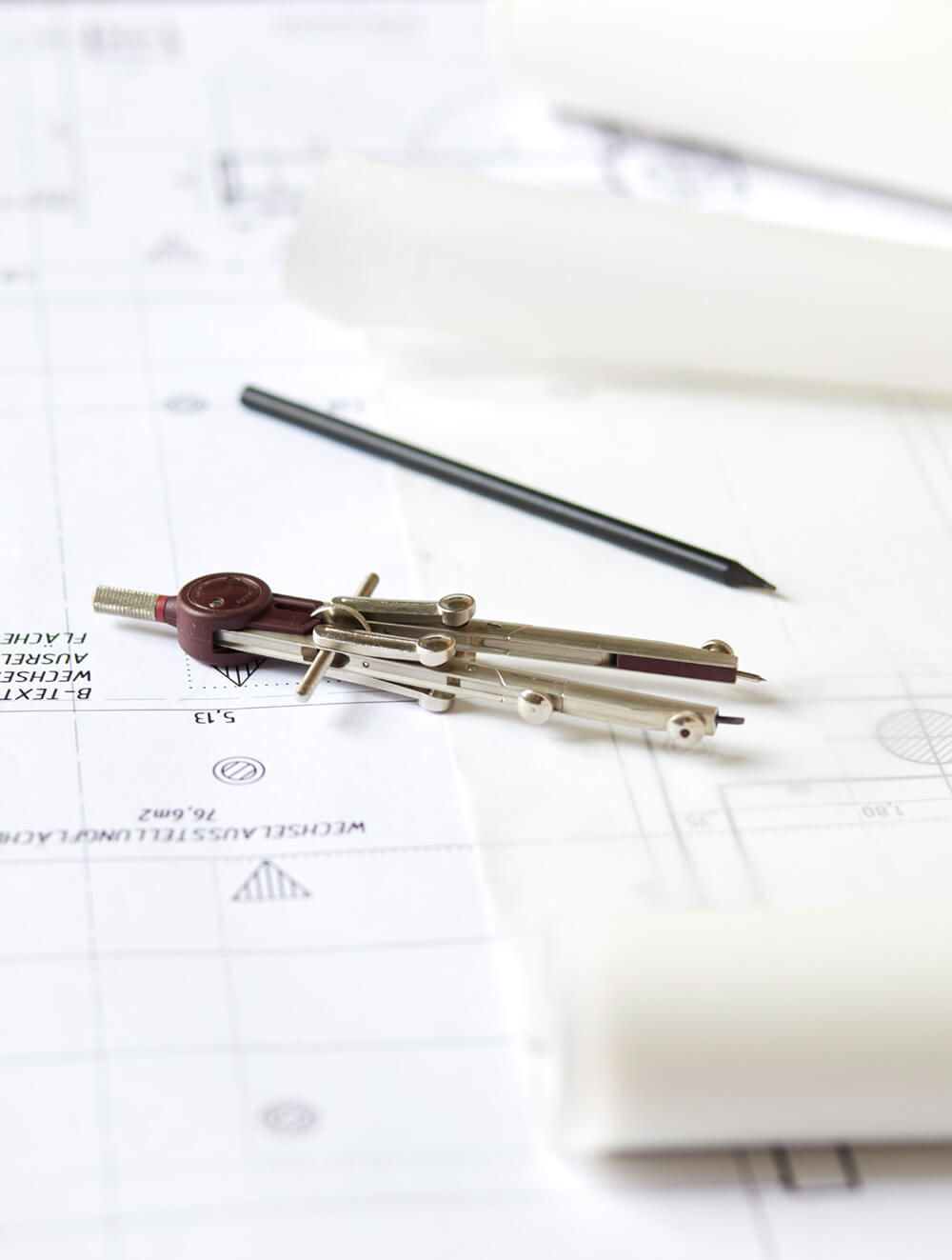
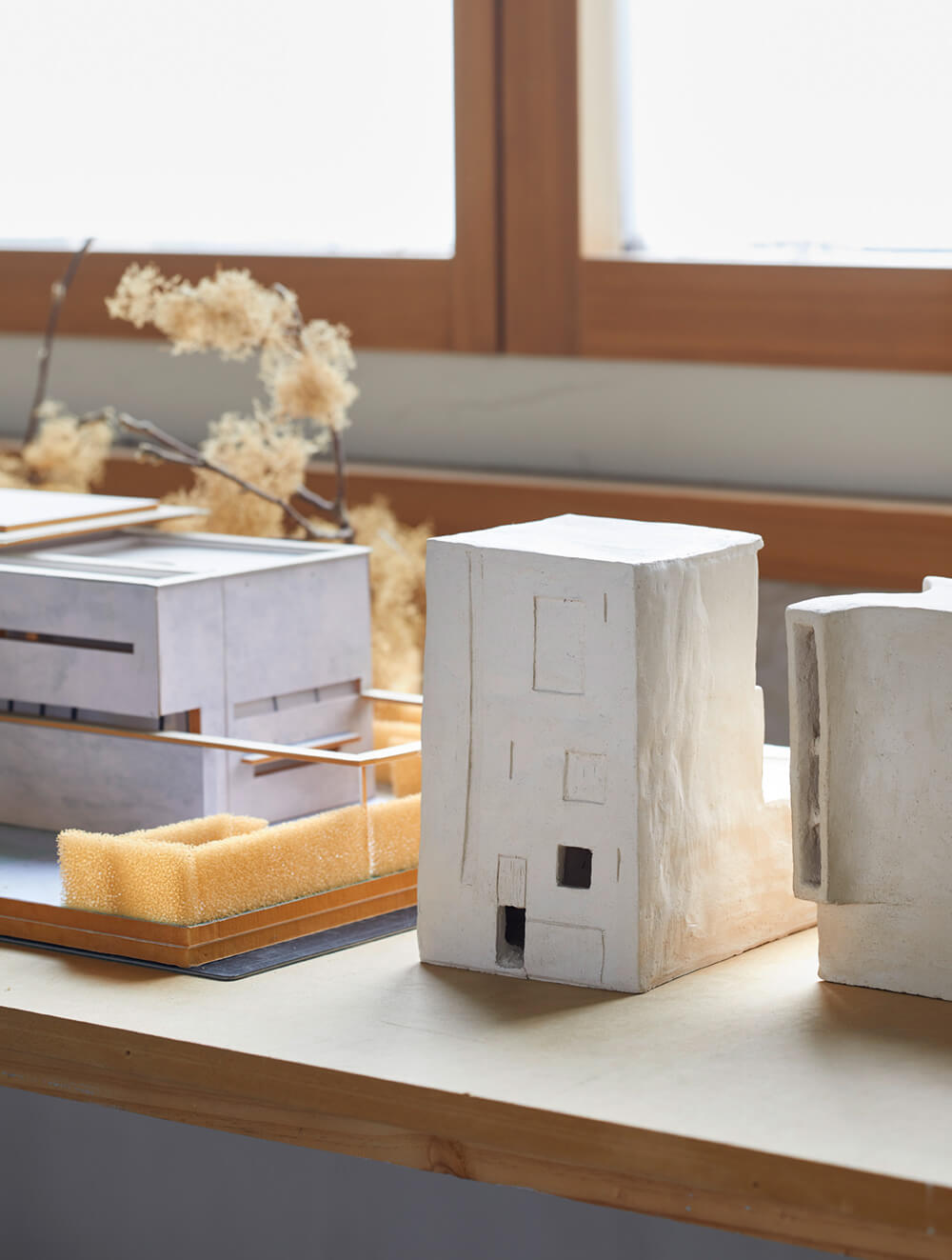
How to design this fluid? Philipp von Matt is someone who has always been drawn to art. Born in the canton of Nidwalden, influenced by Leonard von Matt, his great uncle and celebrated Swiss photographer, he worked for architects such as Jean Nouvel and Renzo Piano, launched his own practice in 1994 and asked himself: How should a house for an artist be designed? Conveniently, he found his own answer: “The freedom of the artist has top priority in all respects as the foundation of her creative potential. She must be able to dispose over space and time with as little distraction as possible in a secure and comfortable environment.” Reading this, you might consider it a lofty goal of the architect. Thinking about it, you realise what an empathetic and caring view of art and its creator this is.
+ read more
- einklappen
“All our friends warned us,” von Matt admits, talking about the building plans, “but we didn’t put any pressure on ourselves. We needed six years for the design, and it took 14 months of building until we were able to move in.” Six years of planning – some icons took even longer. Cathedrals, for example, or some construction sites in Berlin. But in the end, the house was built, and what would perhaps do it better justice than a story? Because it has spaces that could be written by a writer. With rooms that tell stories. Of course, as in any good story, there is a heart, a wing door behind which there lies a universe.
B40 und D40, Marcel Breuer
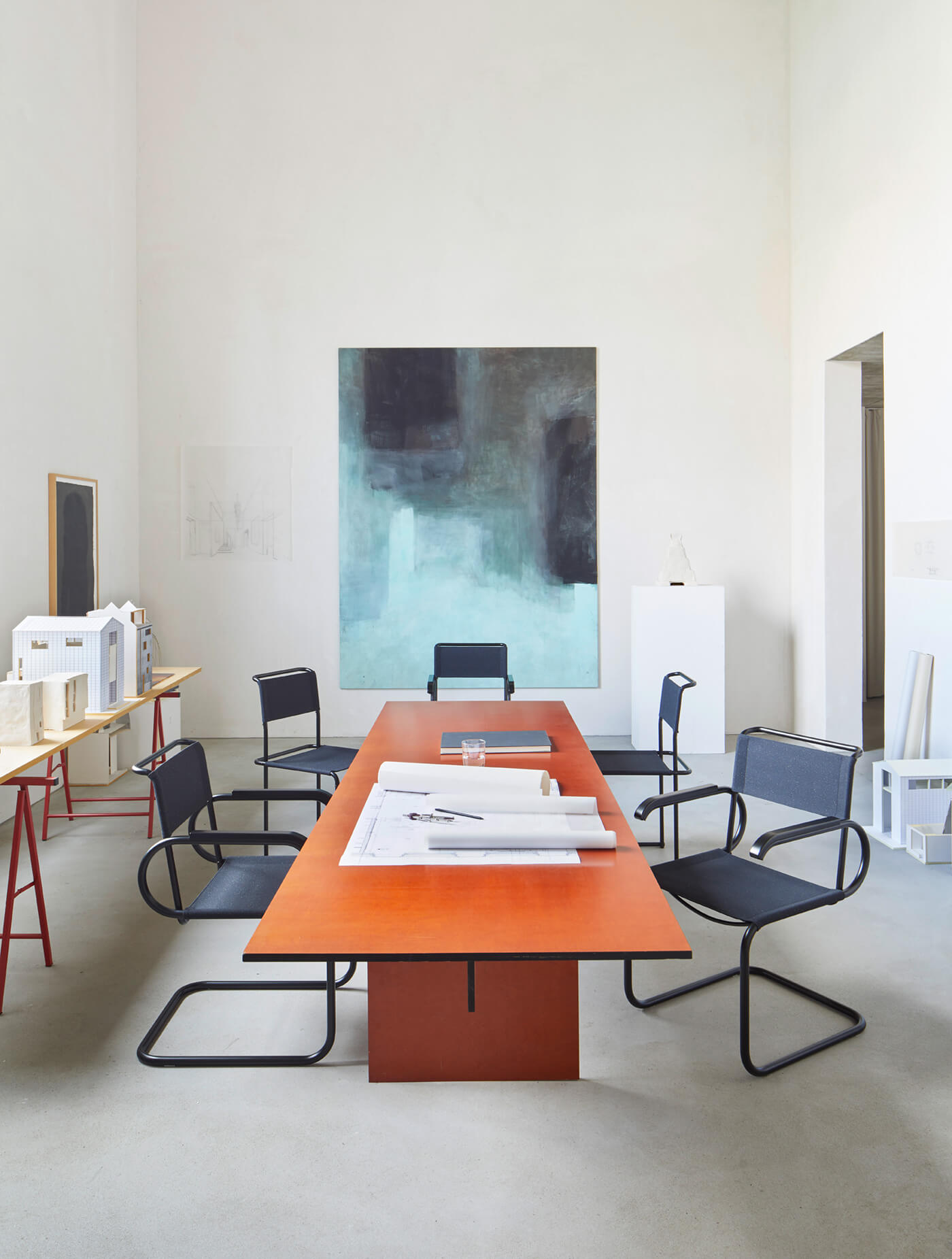
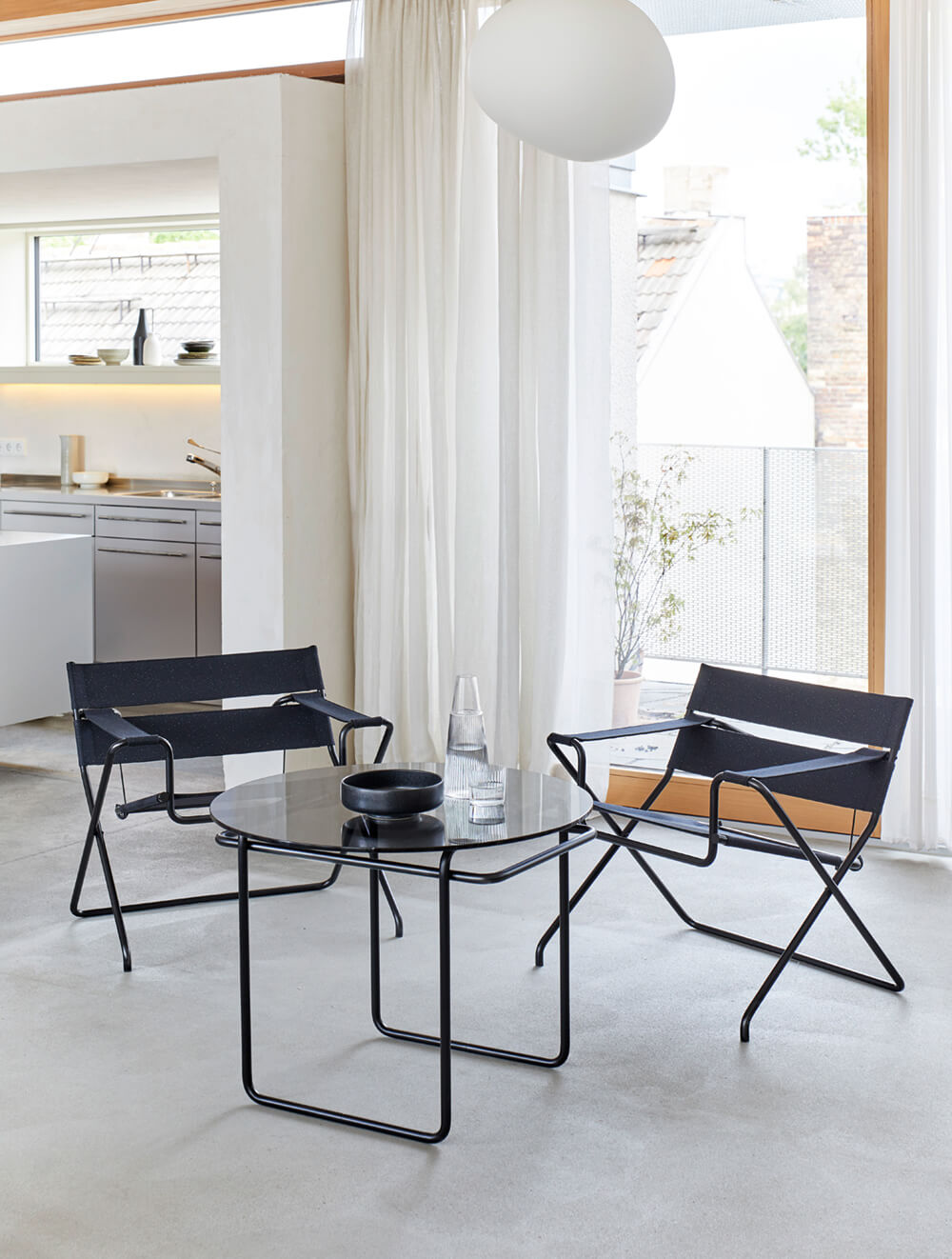
Split Chair, Daniel Lorch
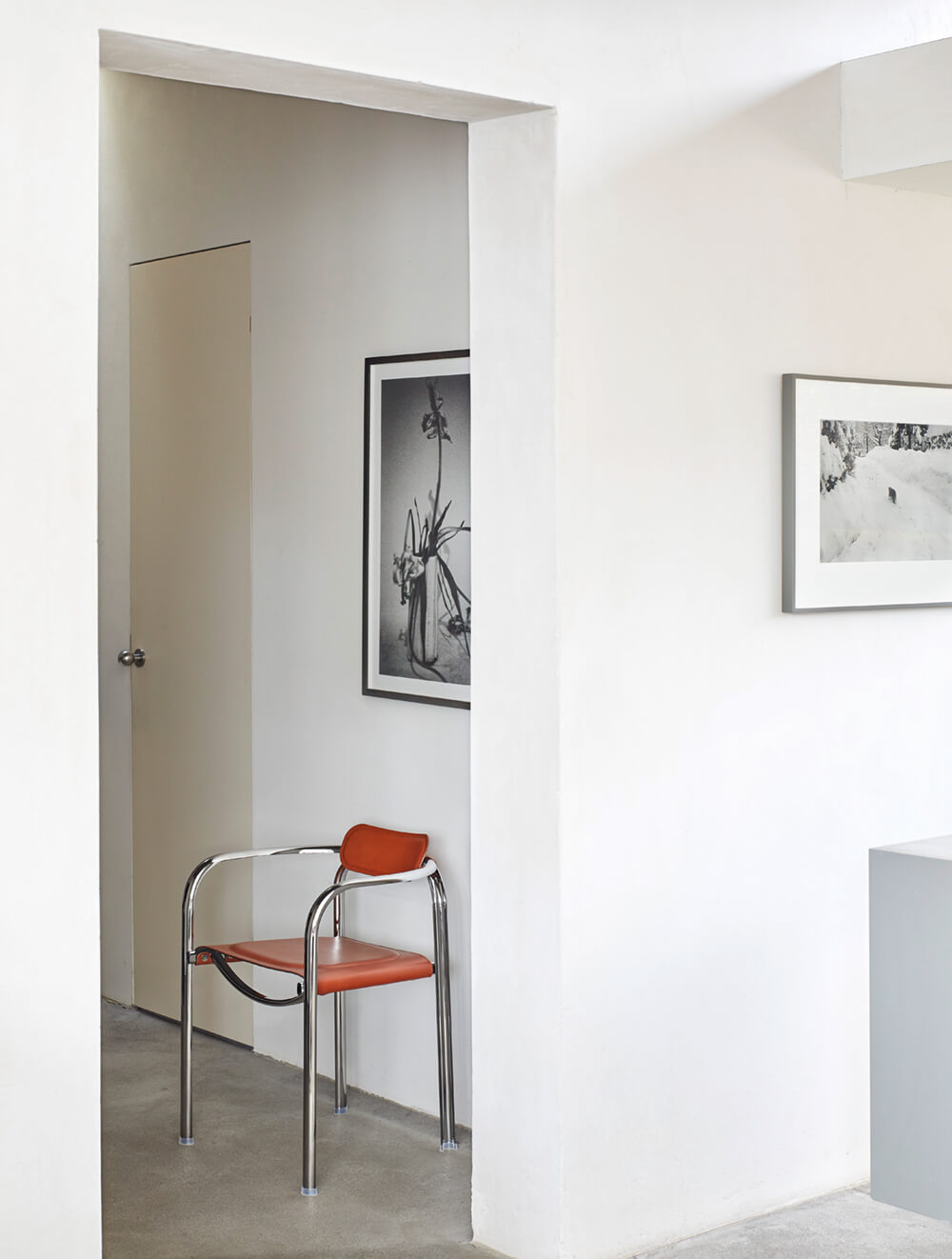
“Imagination is the strongest force behind my art. In every person I see a tree, a lion, penguin or something else.”
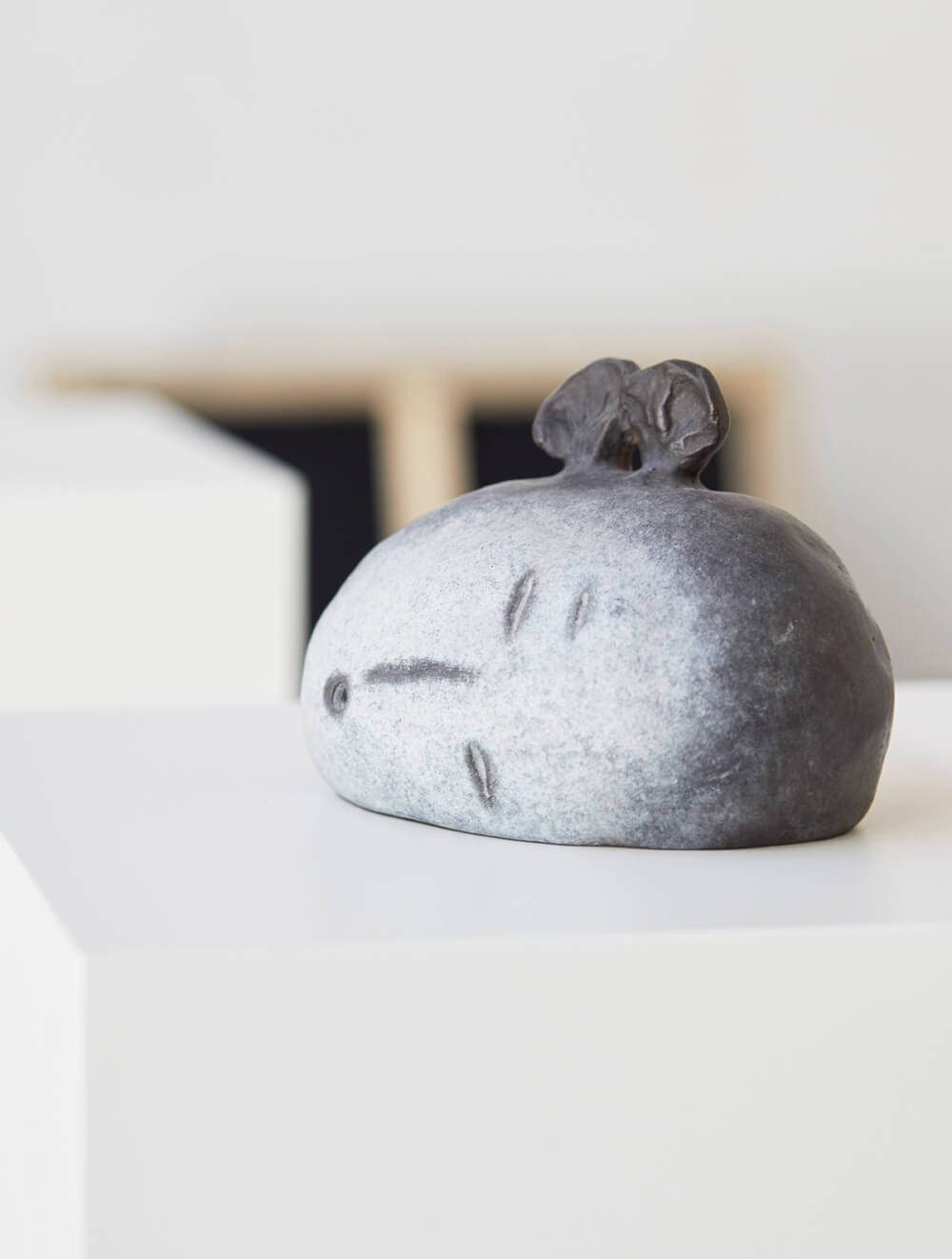
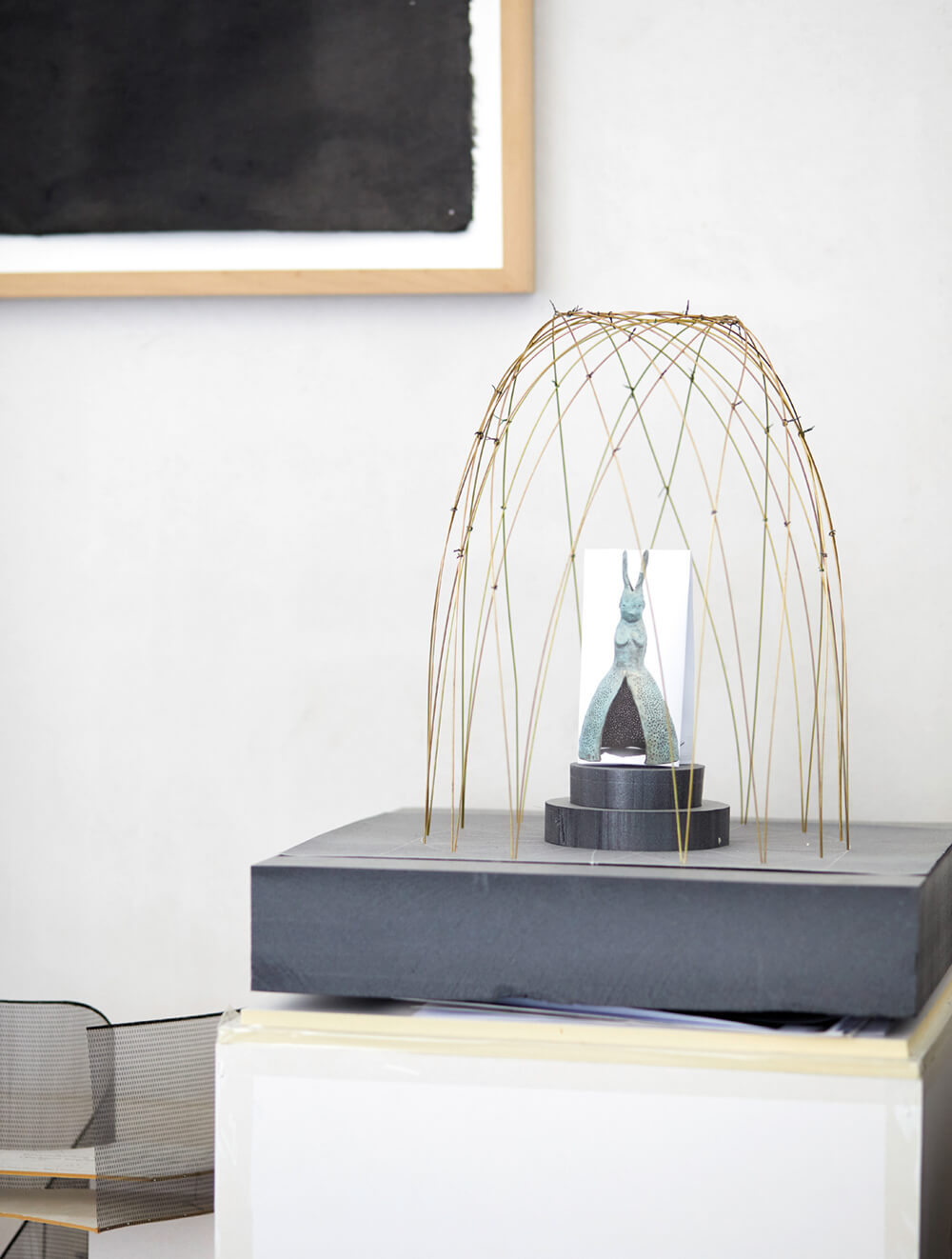
“Imagination is the strongest force behind my art,” says Leiko Ikemura as she opens her studio. And there it begins, Ikemura’s microcosm of fantastic beings, rabbit heads resting on women’s bodies and offering shelter under their hoop skirts, whether for a child, a large person, or that small being inside of him. “In every person I see a tree, a lion, penguin or something else,” she says. And she also tells us that she is interested in the hybrid nature of things. So what can she see in herself, in Philipp von Matt or the house? That remains unsaid. What we can say is: Ikemura is an artist who delicately blurs boundaries but sends strong messages while doing so. She was born in Japan, studied in Osaka, later in Spain. After relocating to Switzerland, she left her mark on the Zurich art scene, taught at the University of Arts in Berlin, now holds a professorship in Japan, and her works are shown in exhibitions worldwide.
+ read more
- einklappen
The place she has now chosen as her home is made for a multifaceted life. Her assistants work directly above the studio. But the house remains quiet. It seems as if the walls themselves have absorbed a yearning for silence. A sensitive dwelling that plays with light and breathes deeply depending on the time of day and season – von Matt has seen to that. Because an artist’s house needs air: green courtyards, loggias and roof terraces. Plus materials that emphasise what is less not more. This includes gypsum plaster walls that provide a healthy indoor climate and, of course, the rough language of concrete. “These plain materials allow the surfaces to speak for themselves – honestly and frankly, giving the rooms a feeling of groundedness and character,” explains the architect. Contrasts, balance, harmony – everything is interconnected in Ikemura and von Matt’s artist’s house, including the sparse furnishings, combining classic with vintage pieces. “I think what we need is not just material prosperity but also spiritual well-being,” says Ikemura. “A way to experience the questions we have in a deeper sense – like why we are here, where we have come from, where we are going. These are simple questions, but nobody knows the answers. That’s what art and religion can be so helpful for.” And her house also adds another voice, making it more relevant than ever.
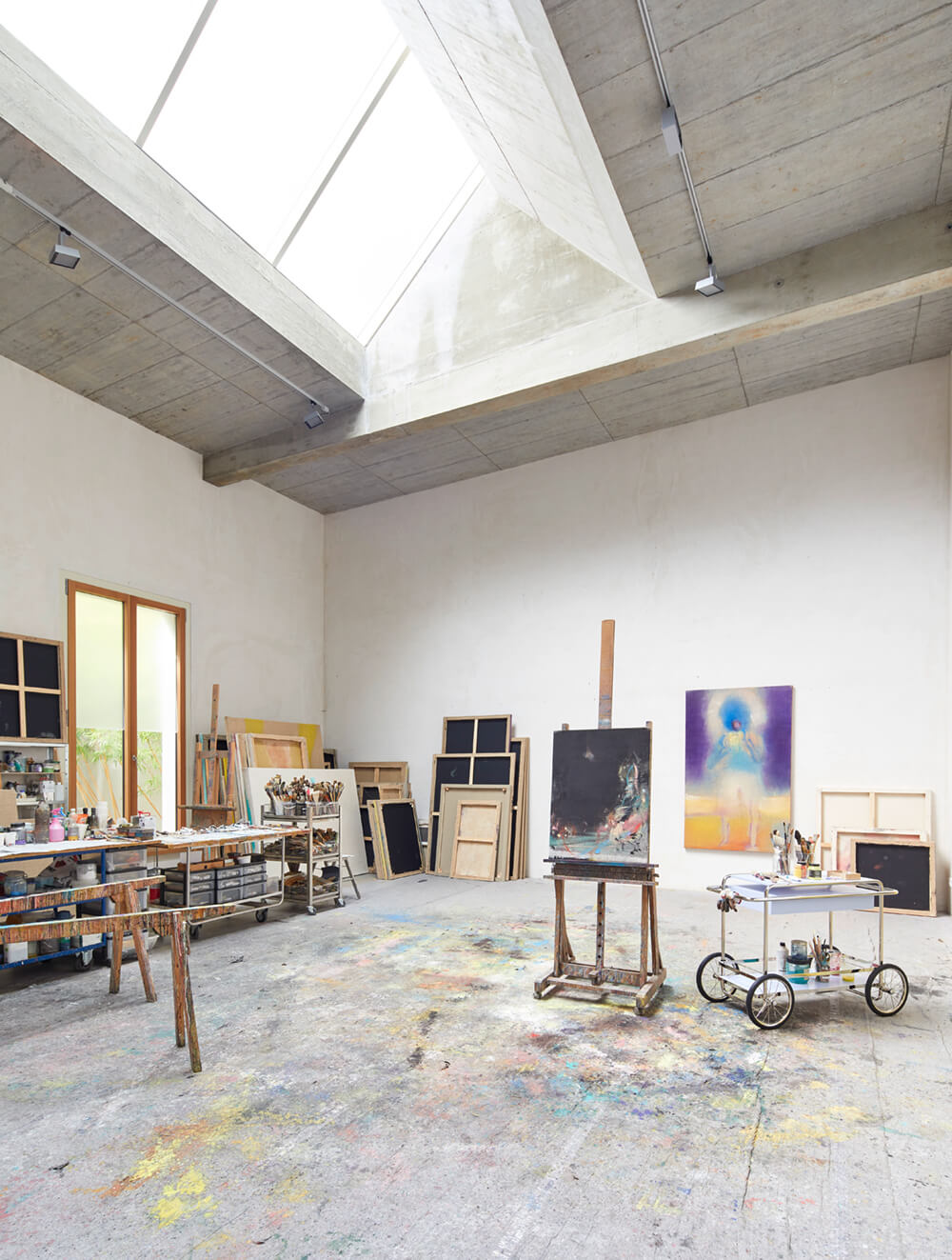
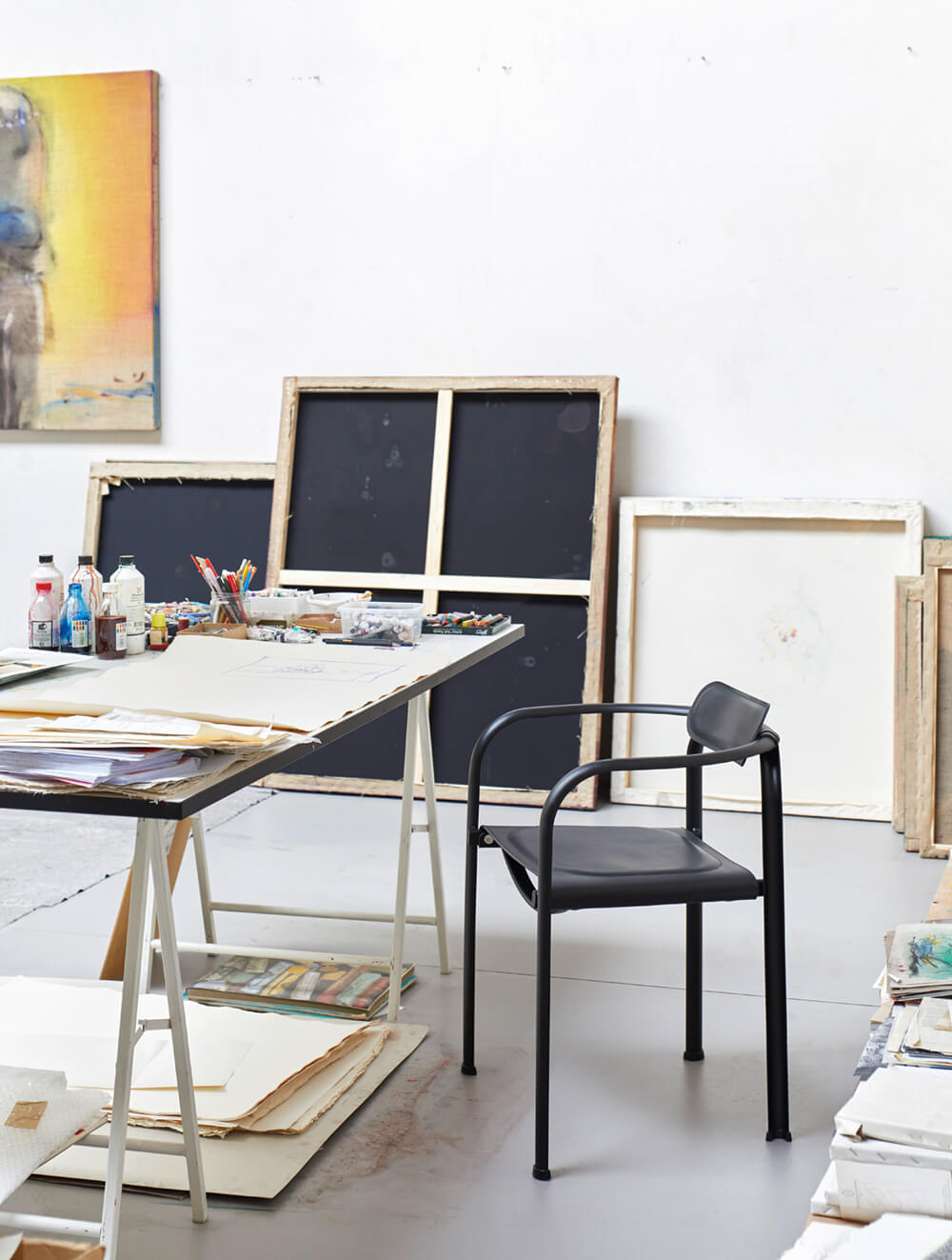
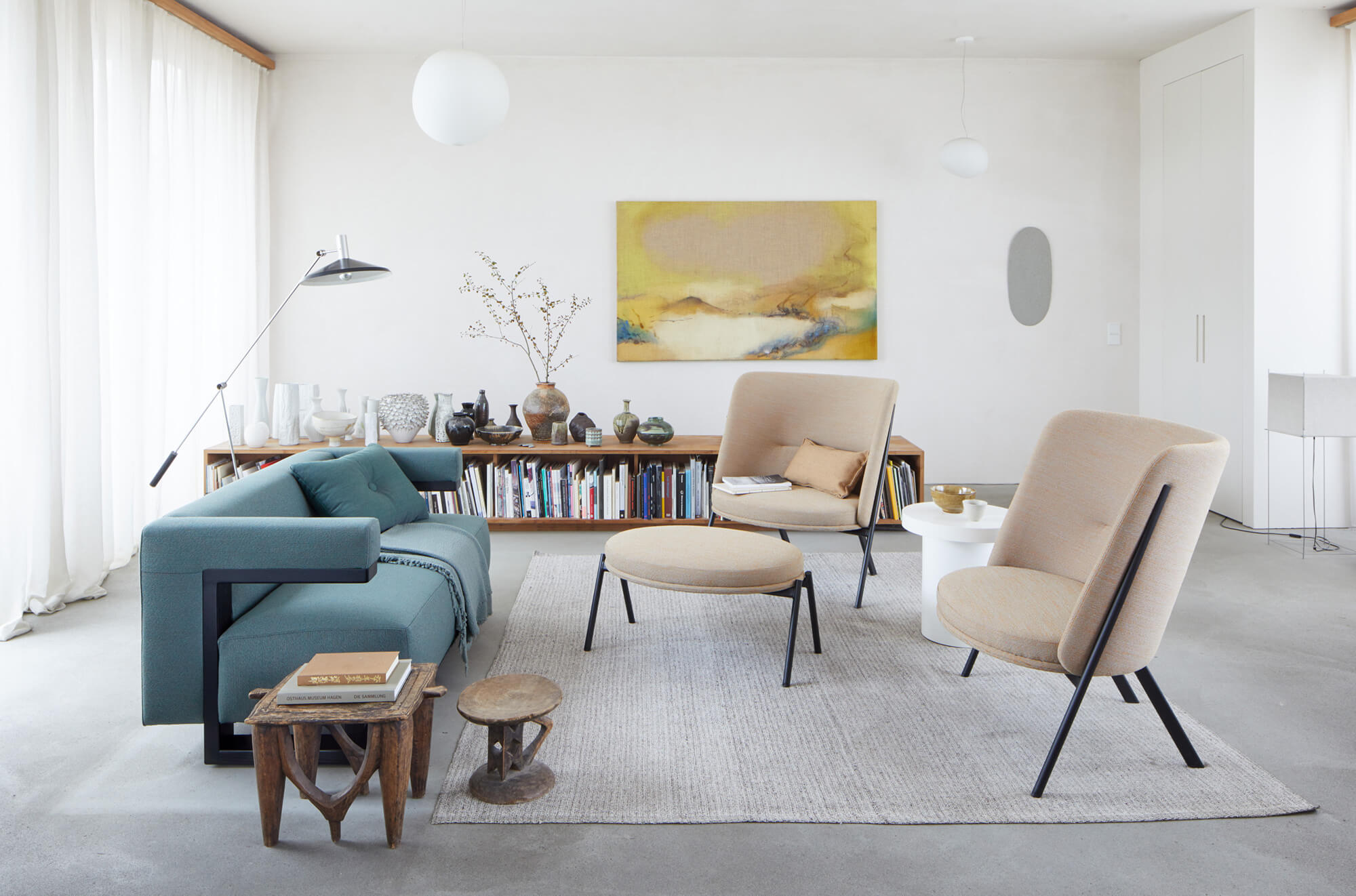
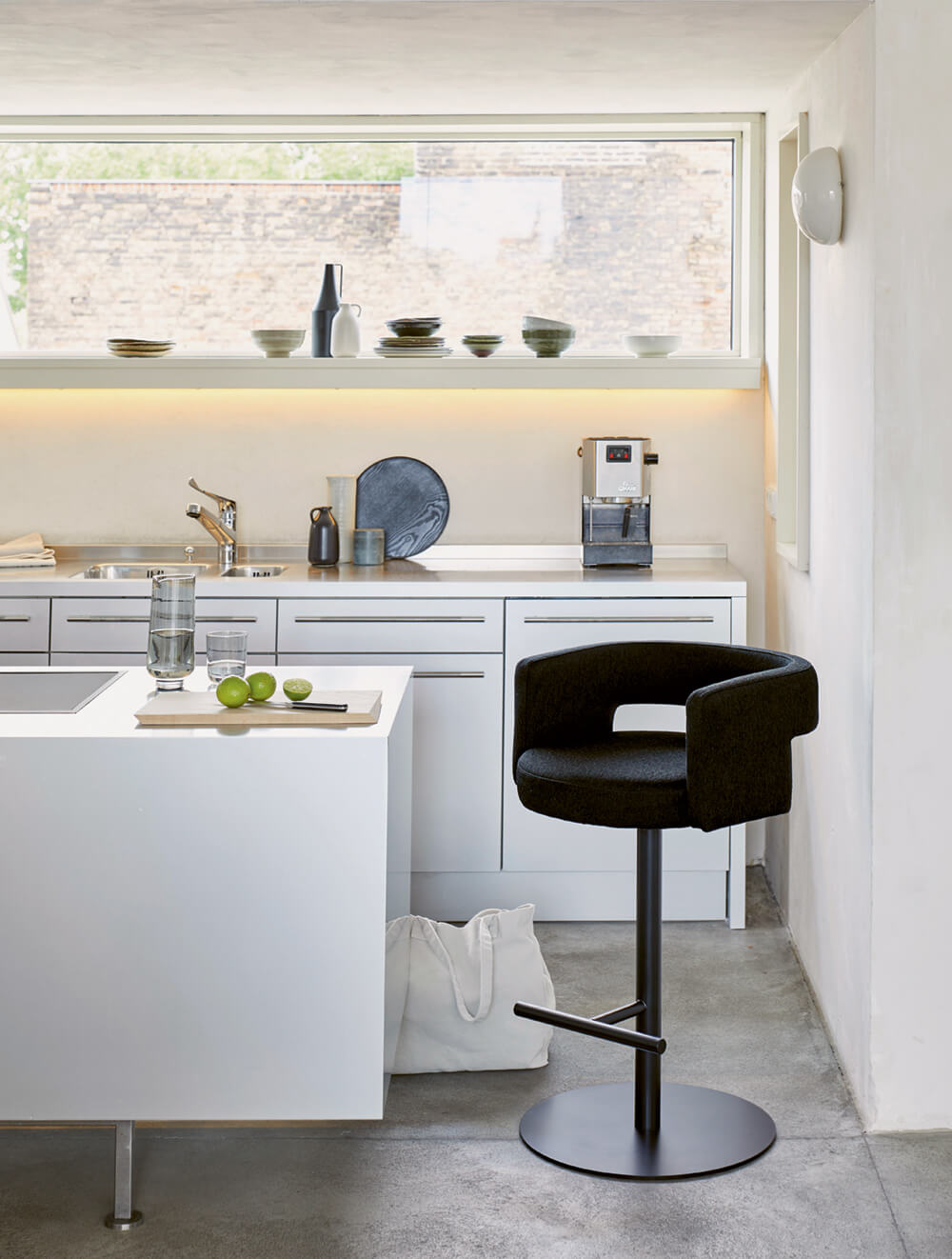
K2A / L25, Gerrit Rietveld
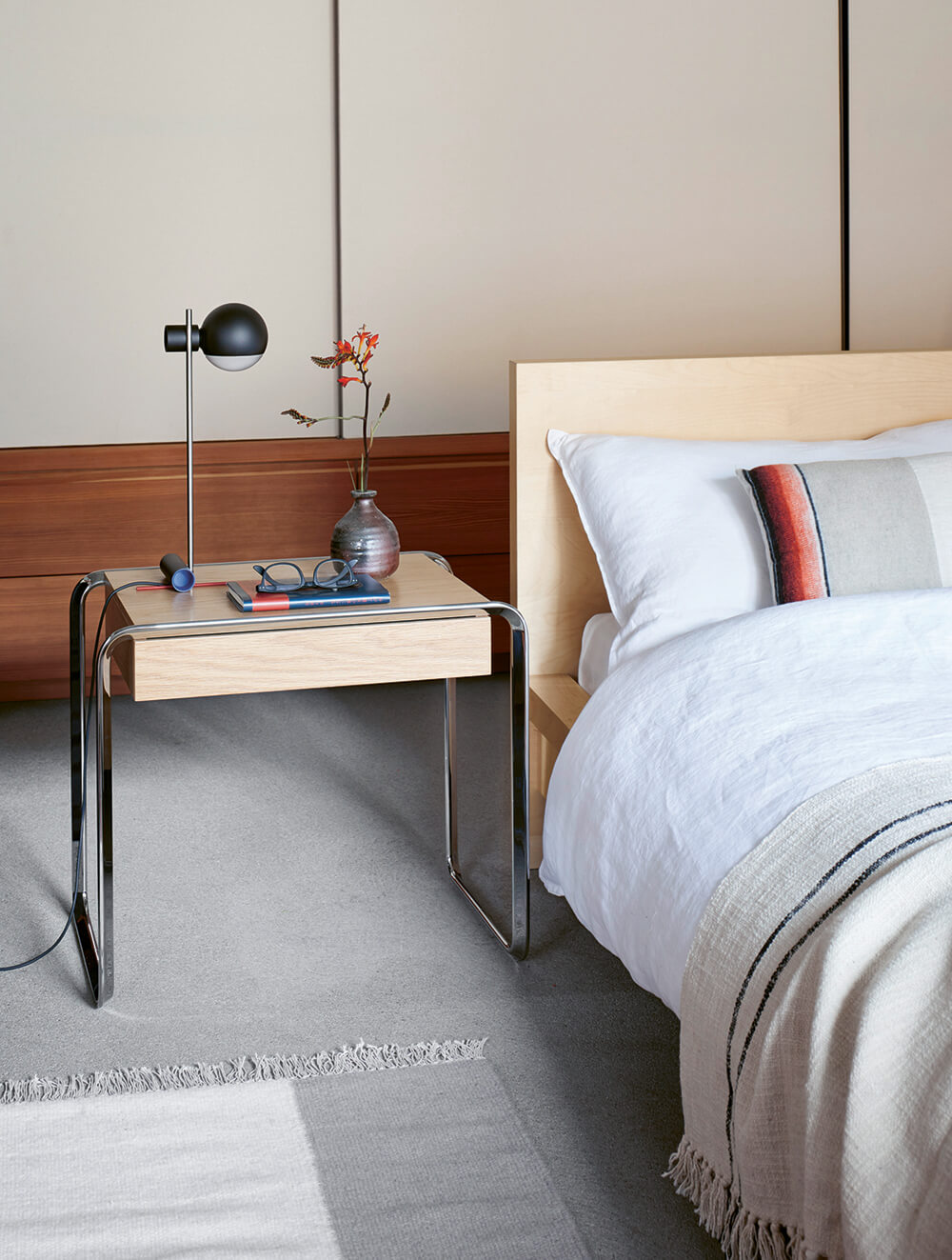
D12 / K2D
